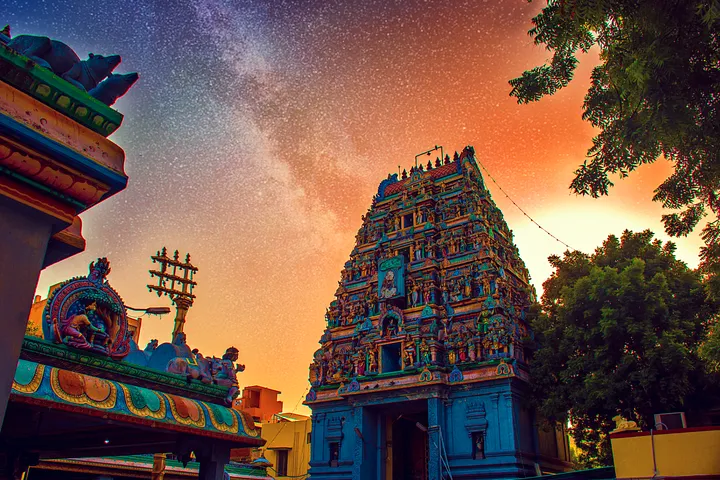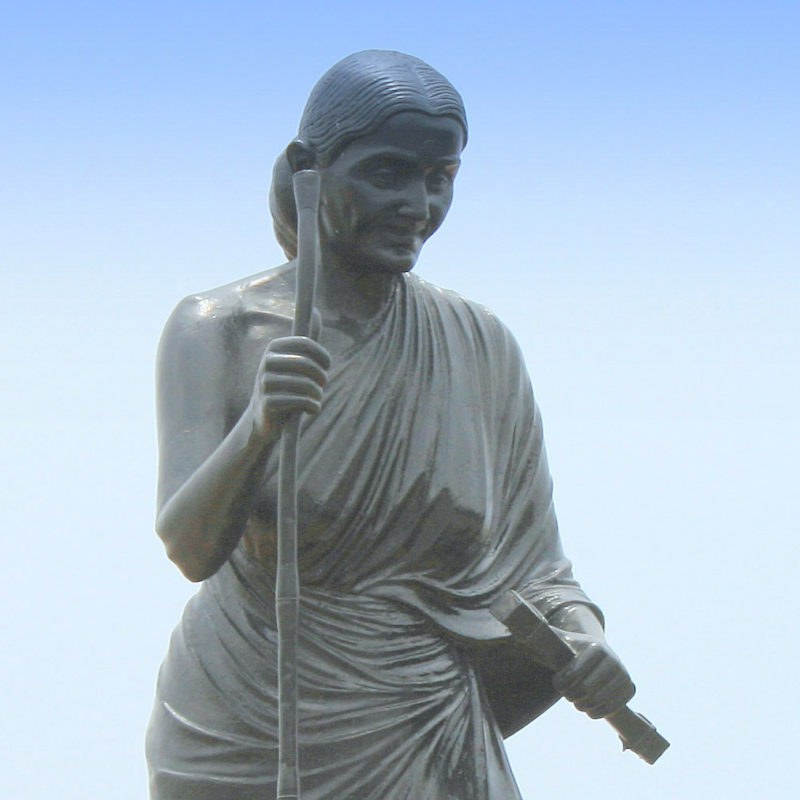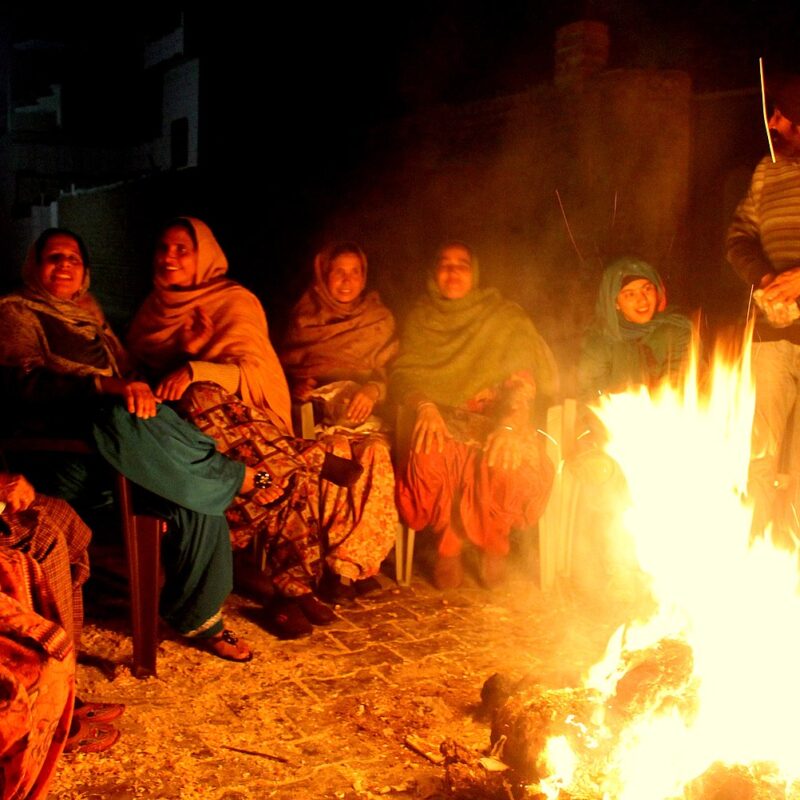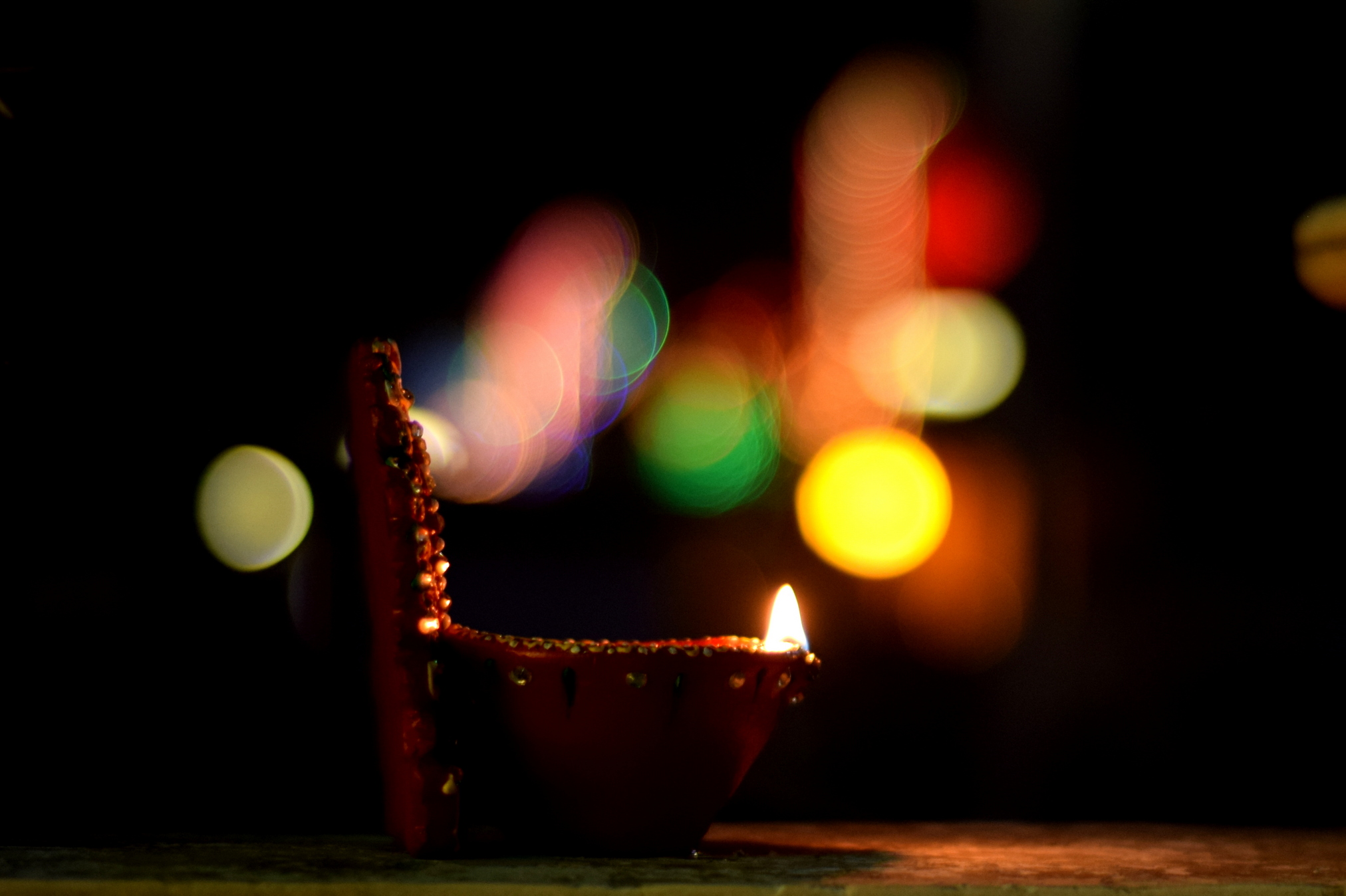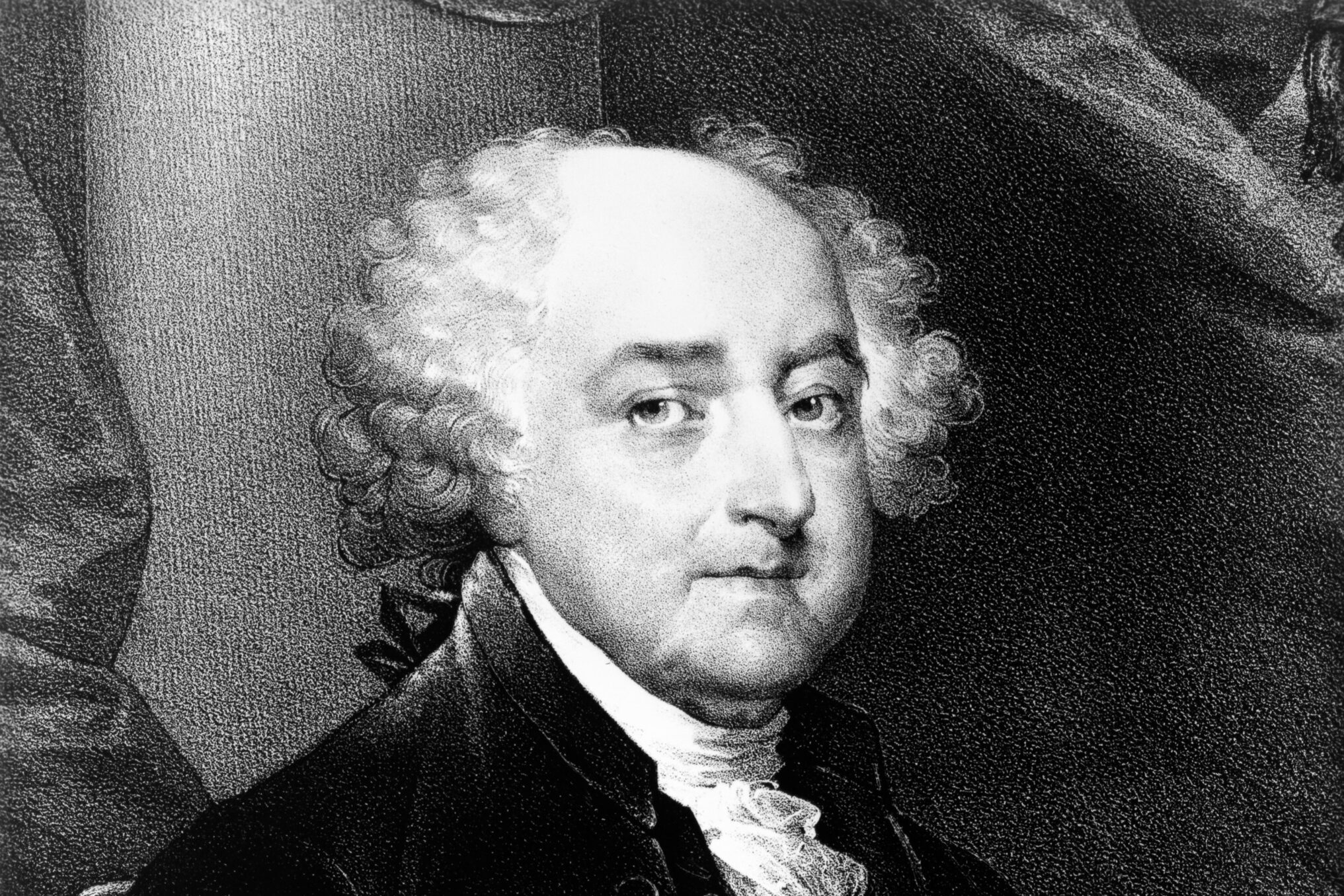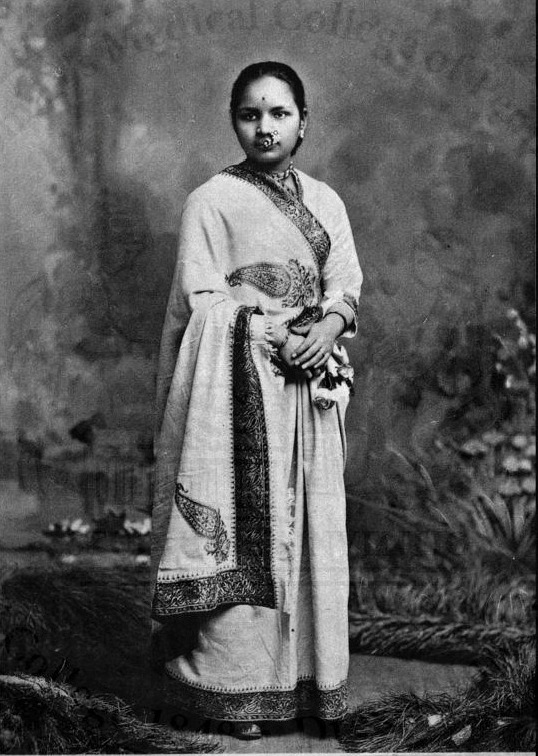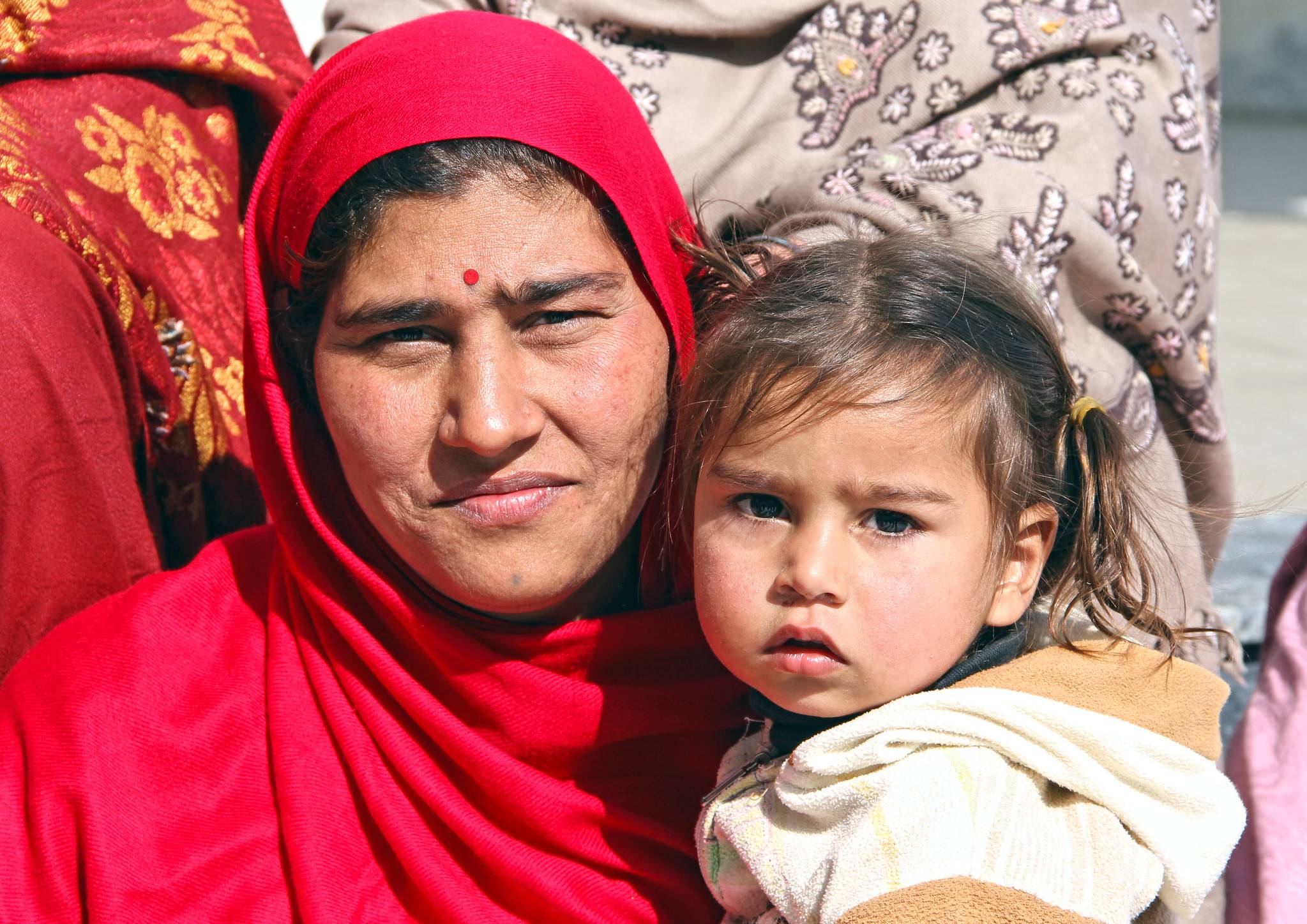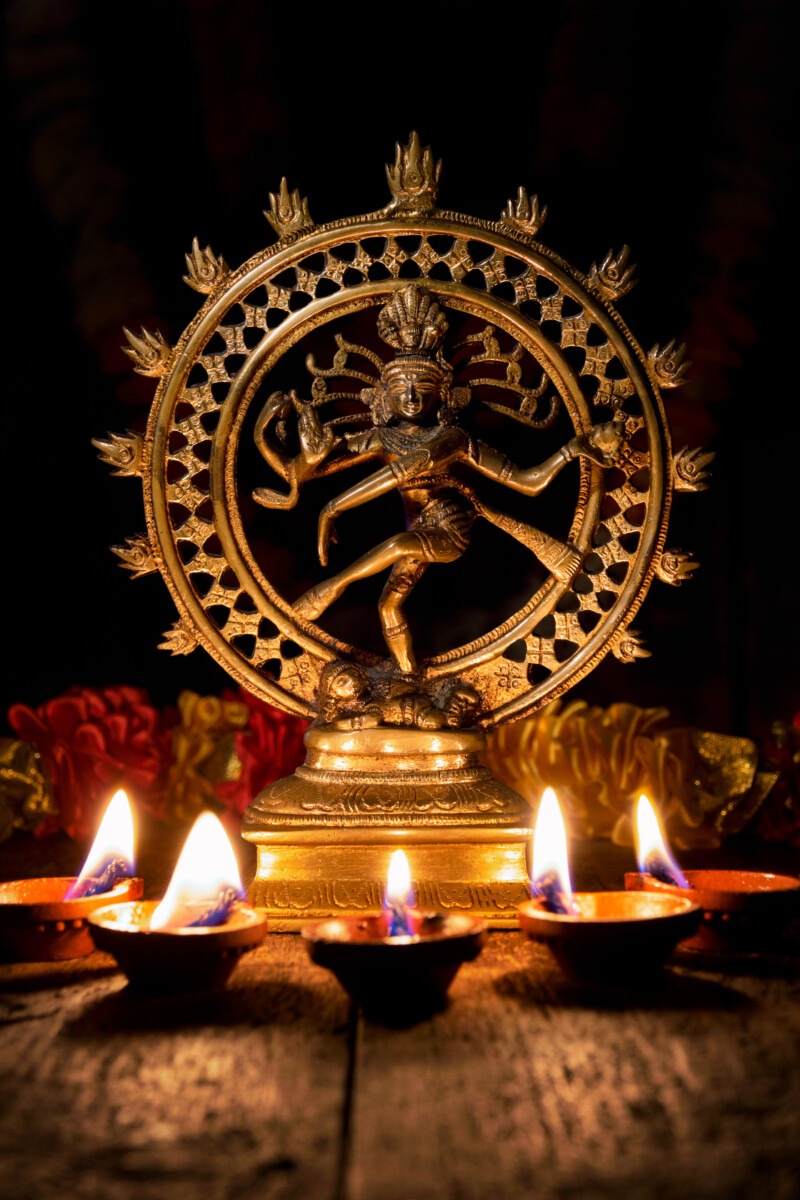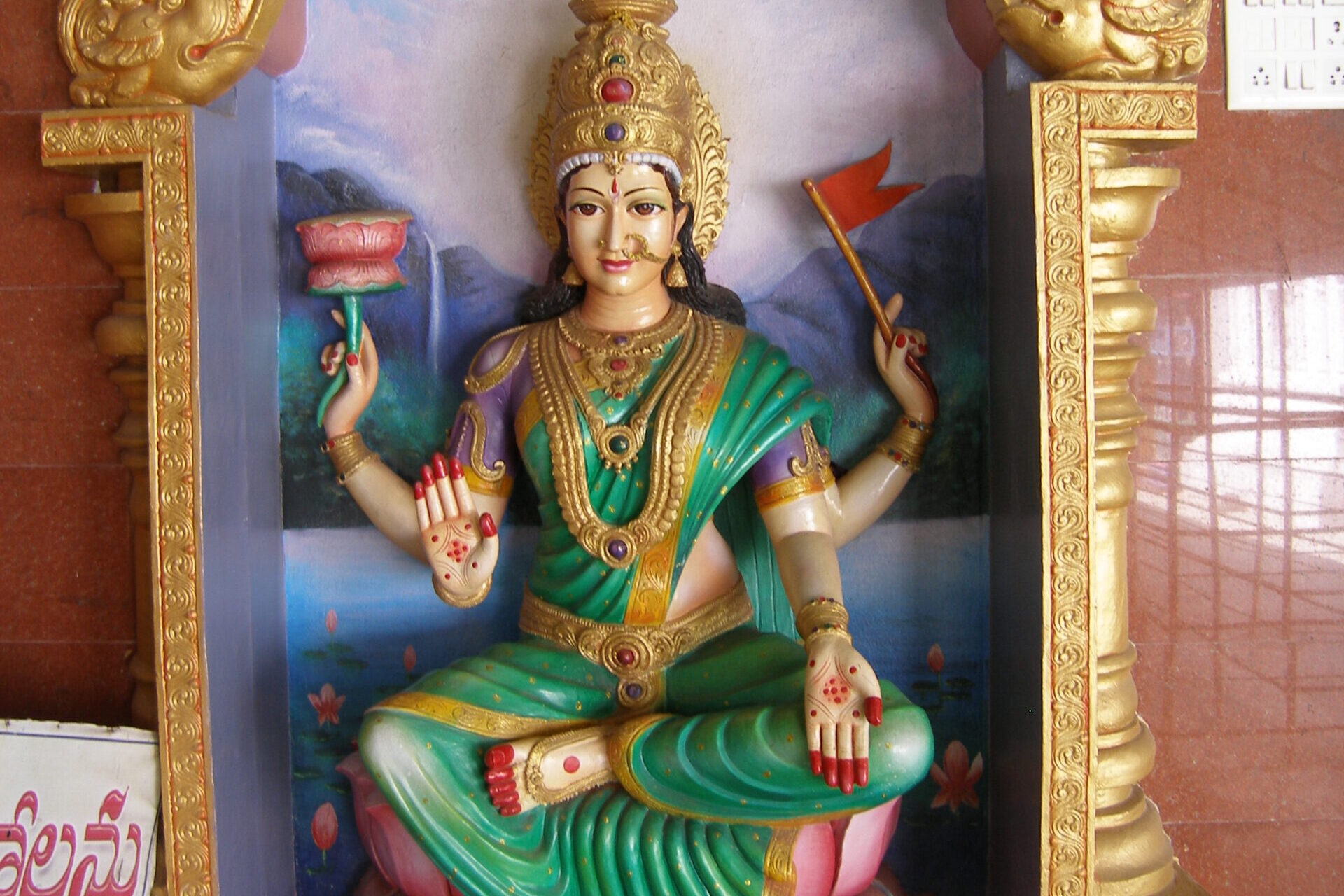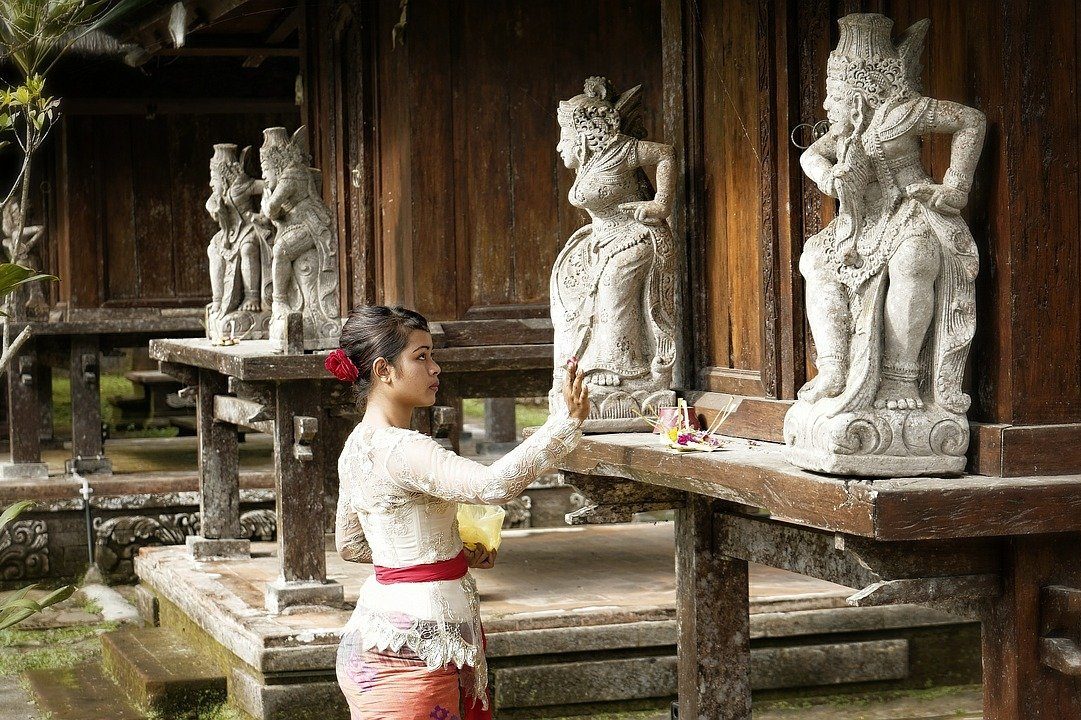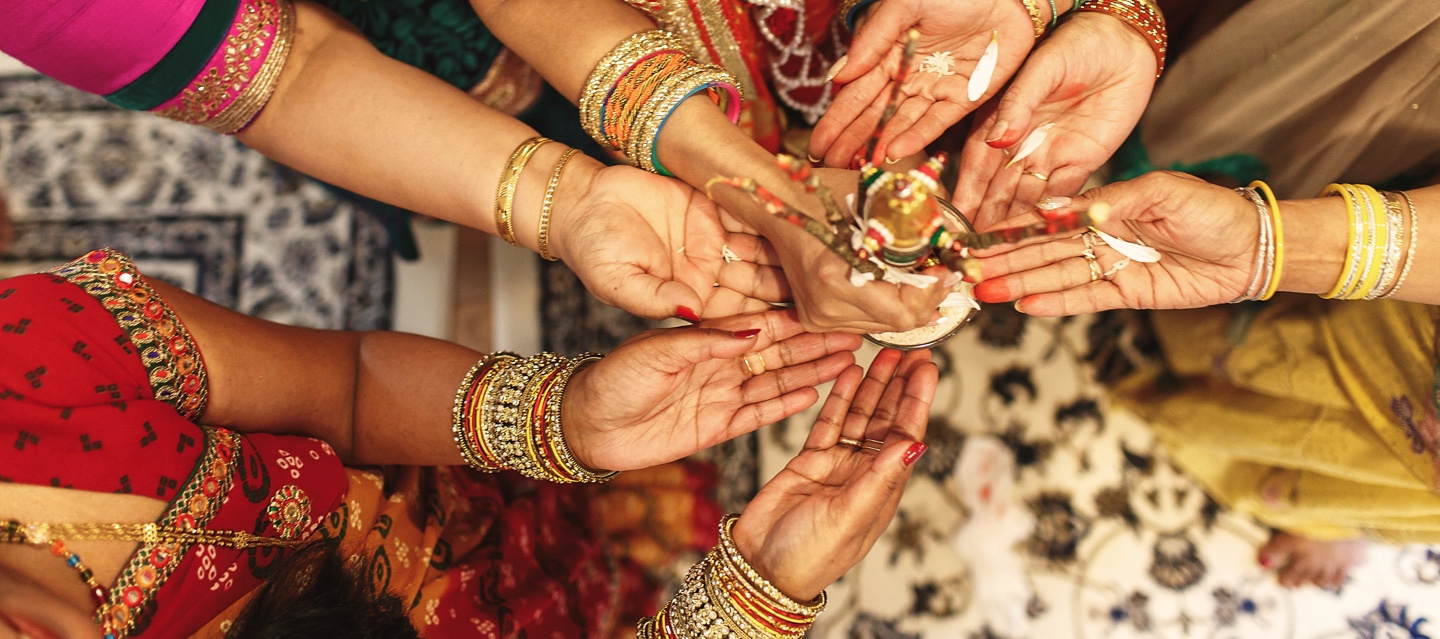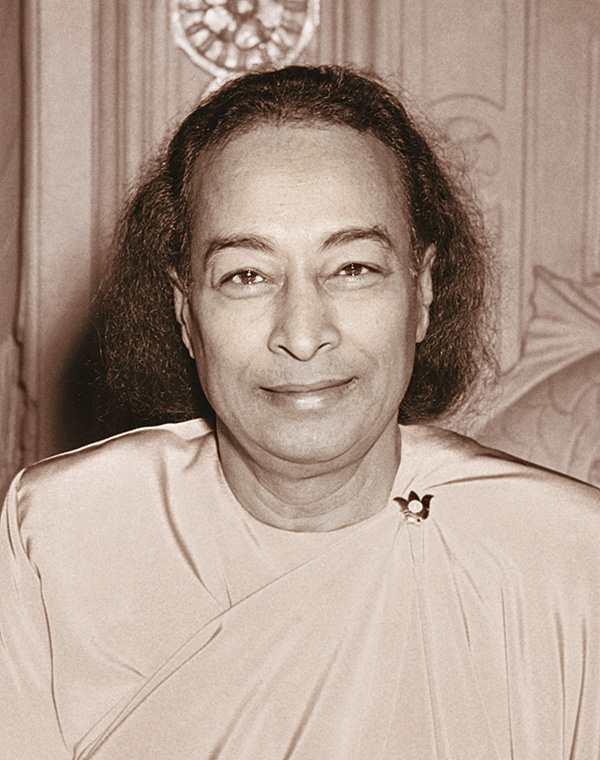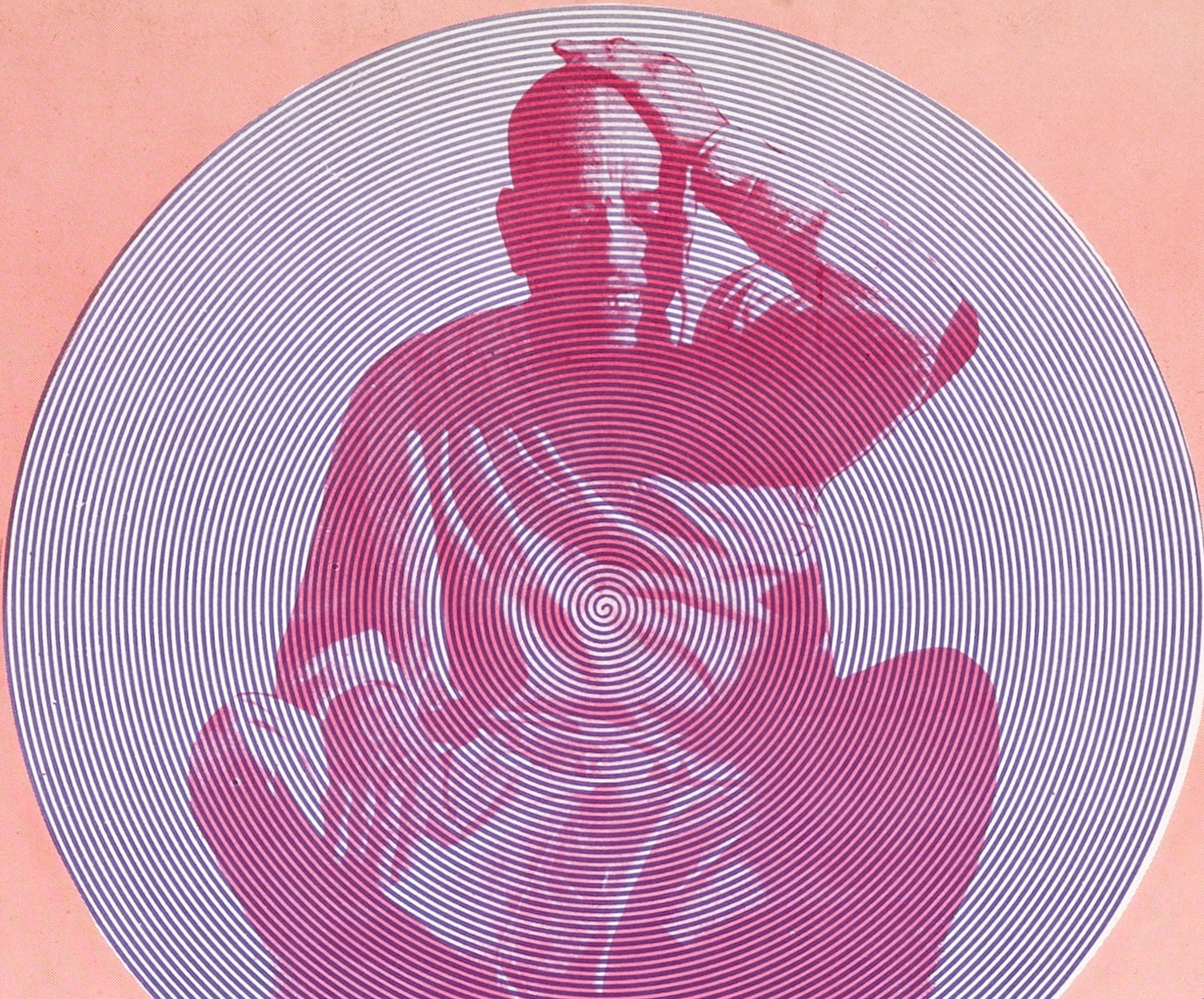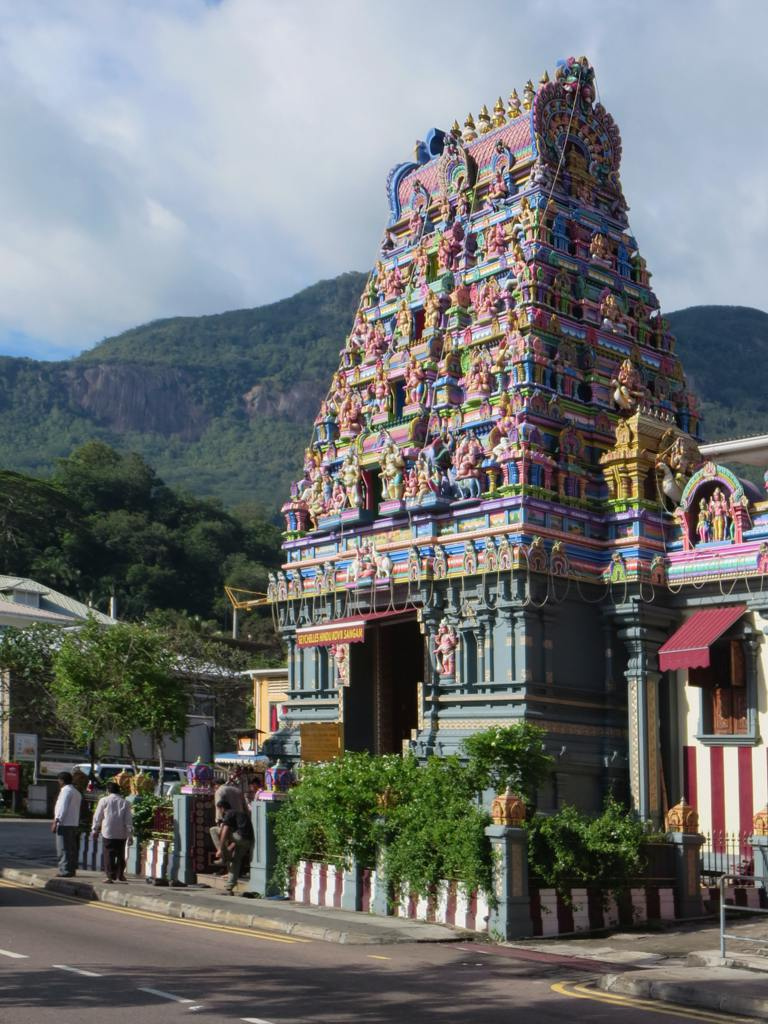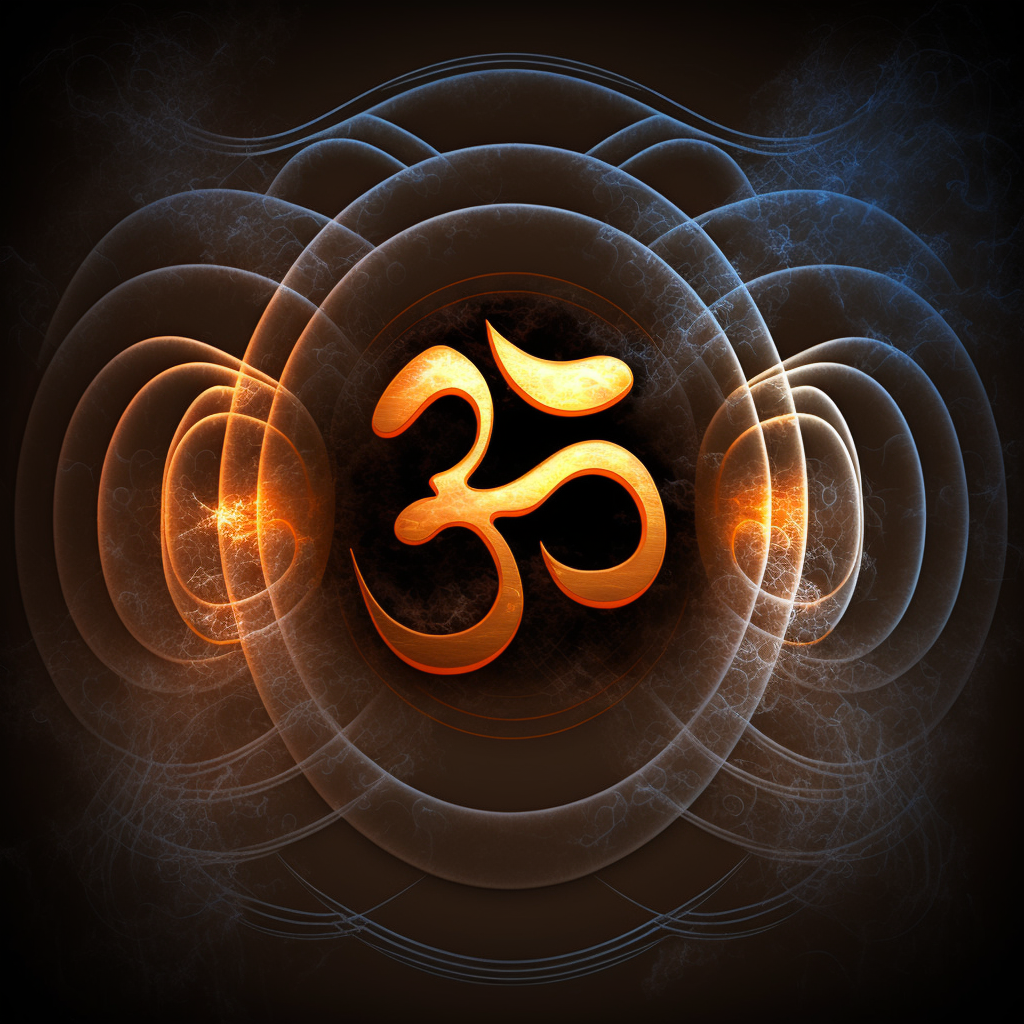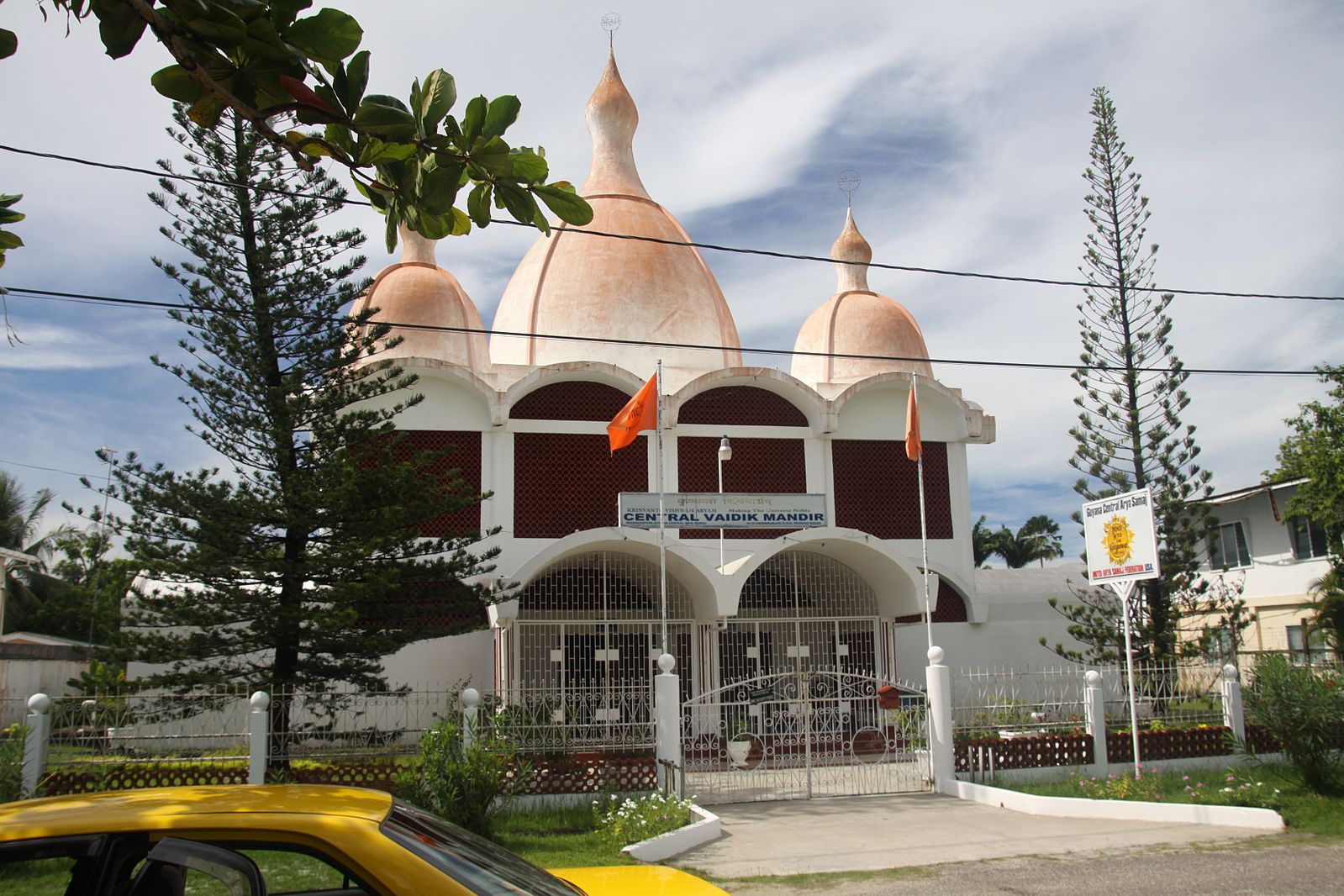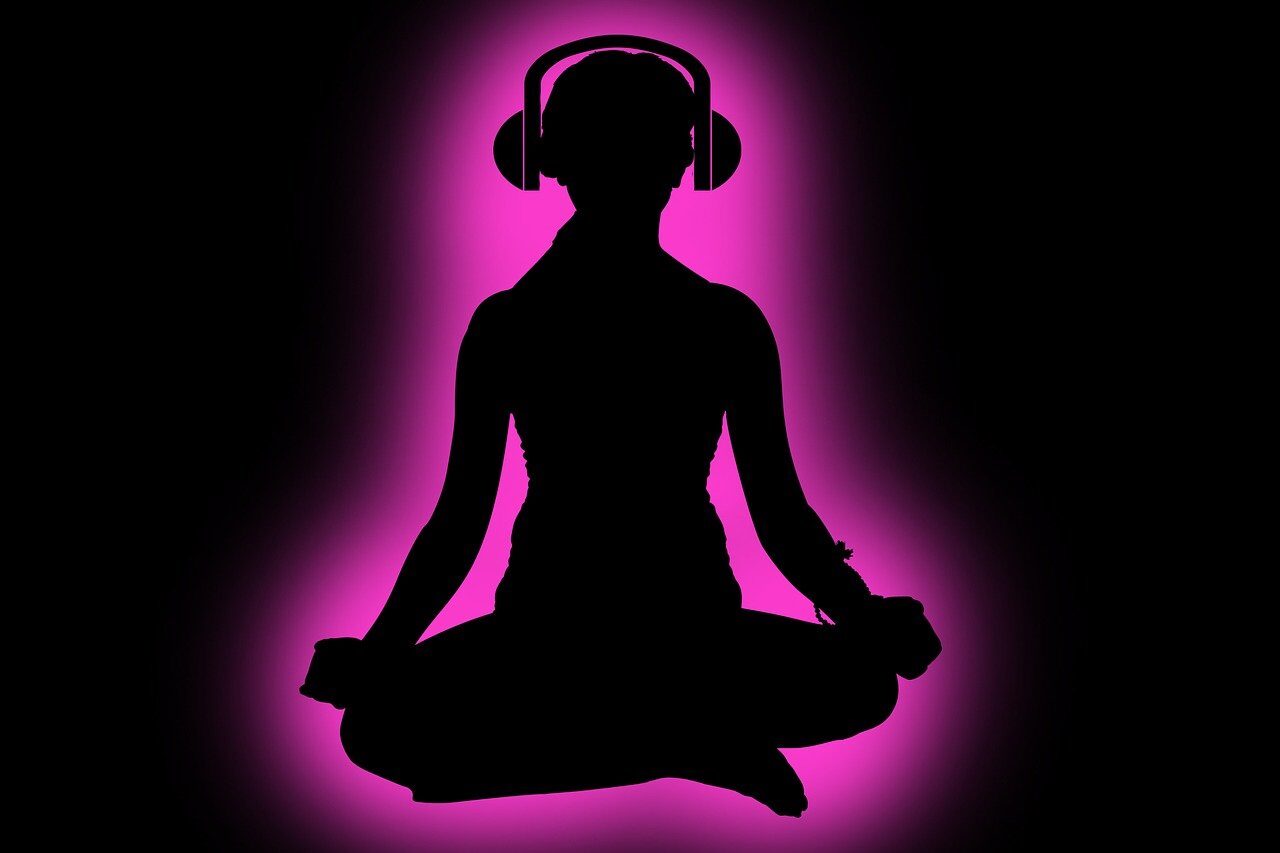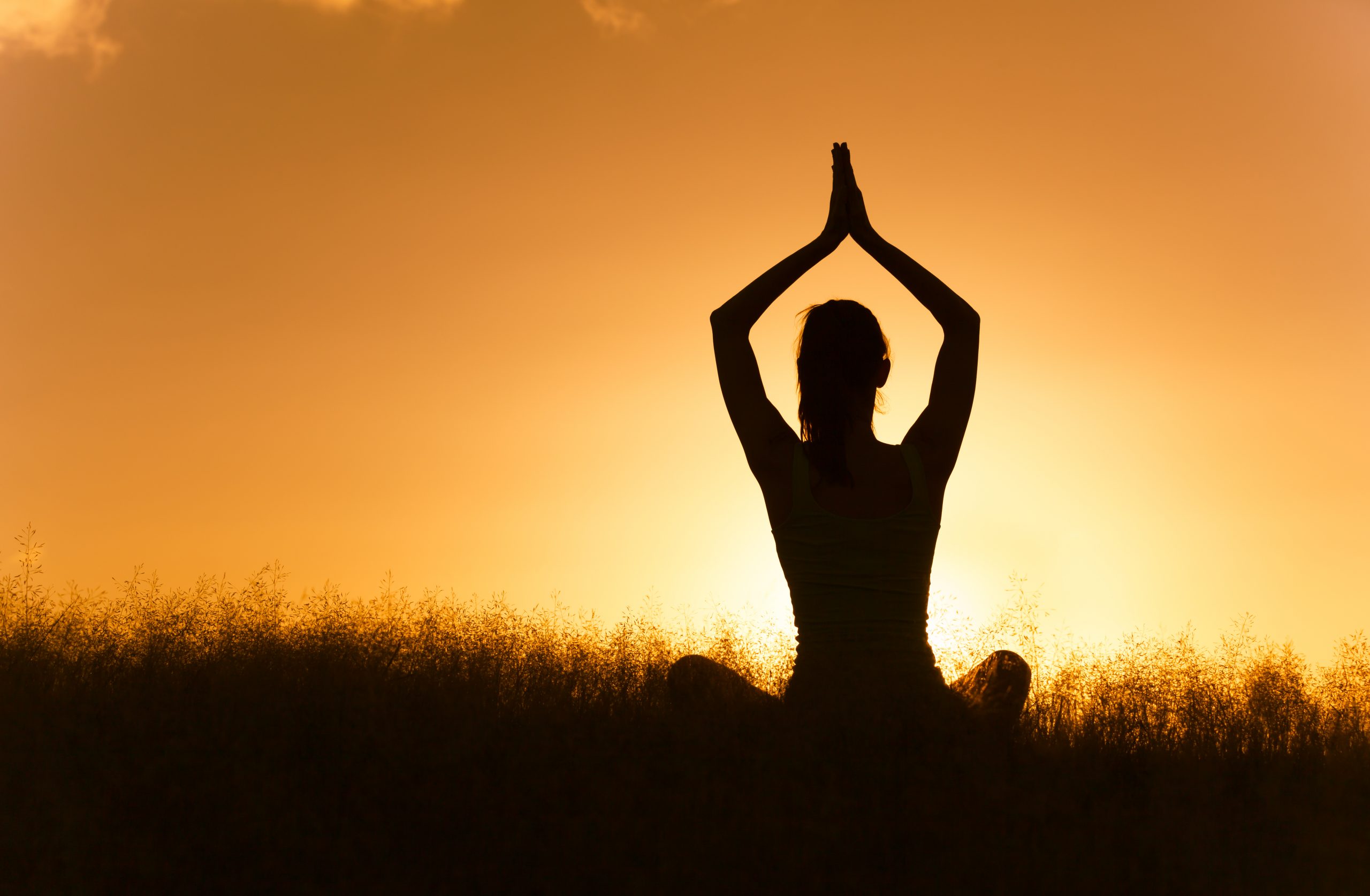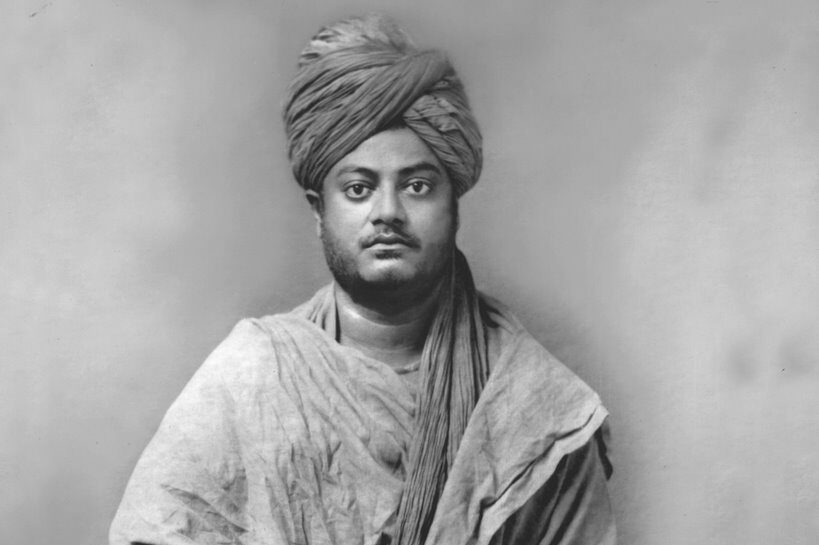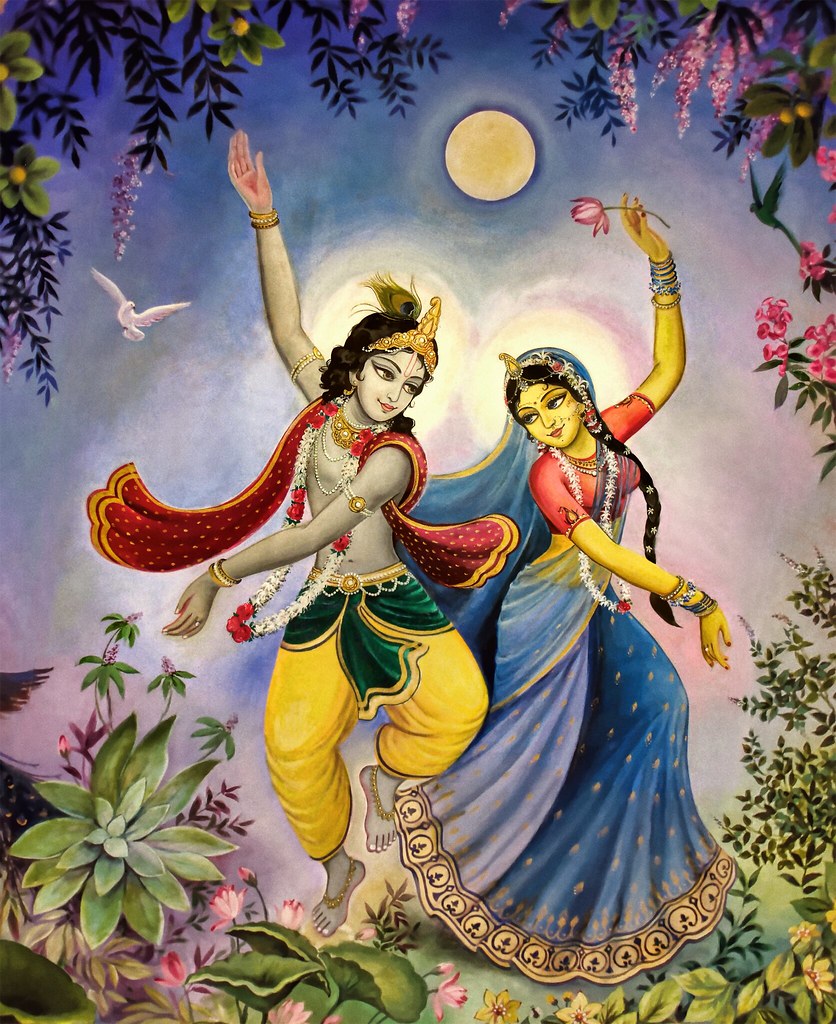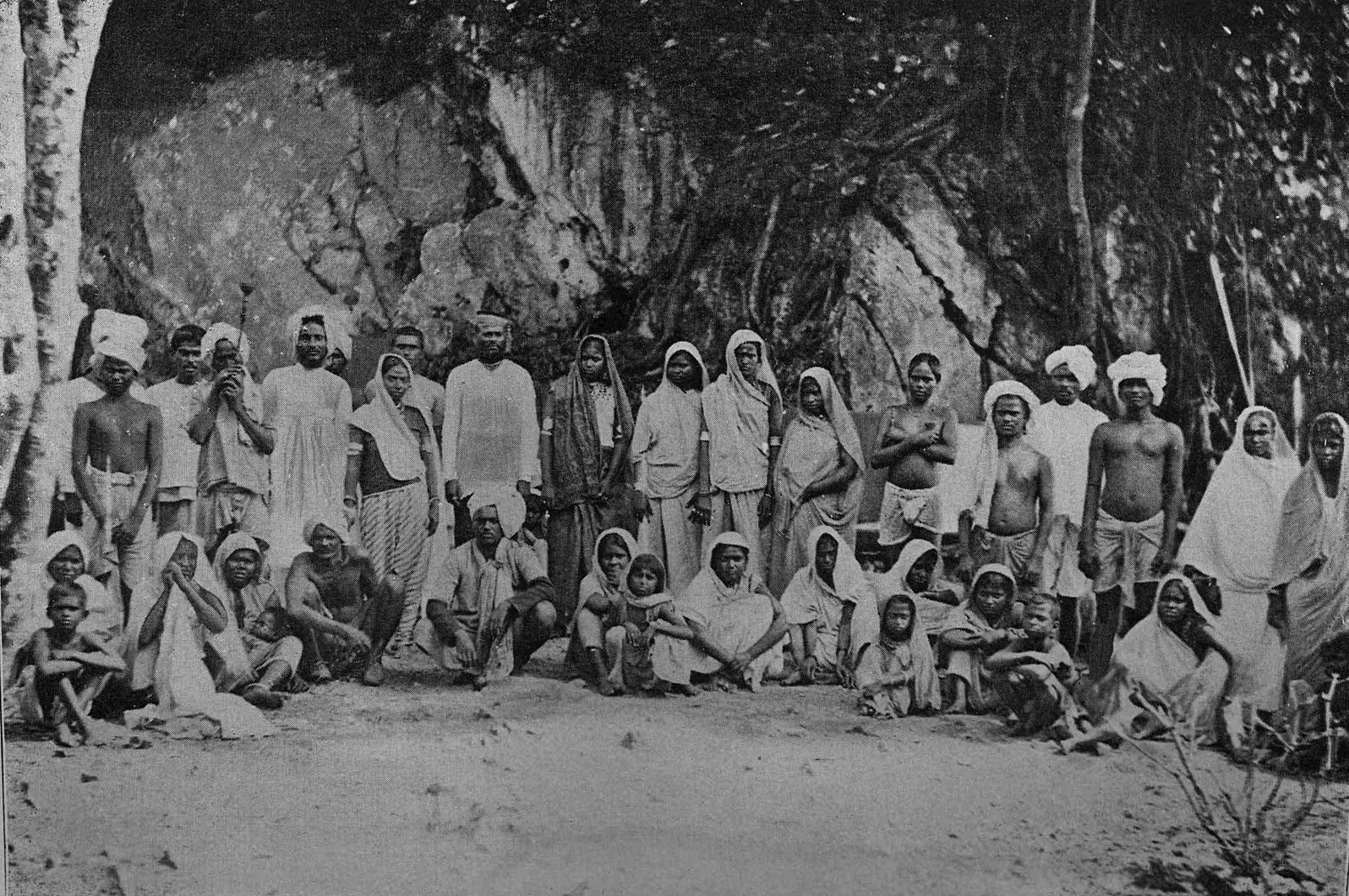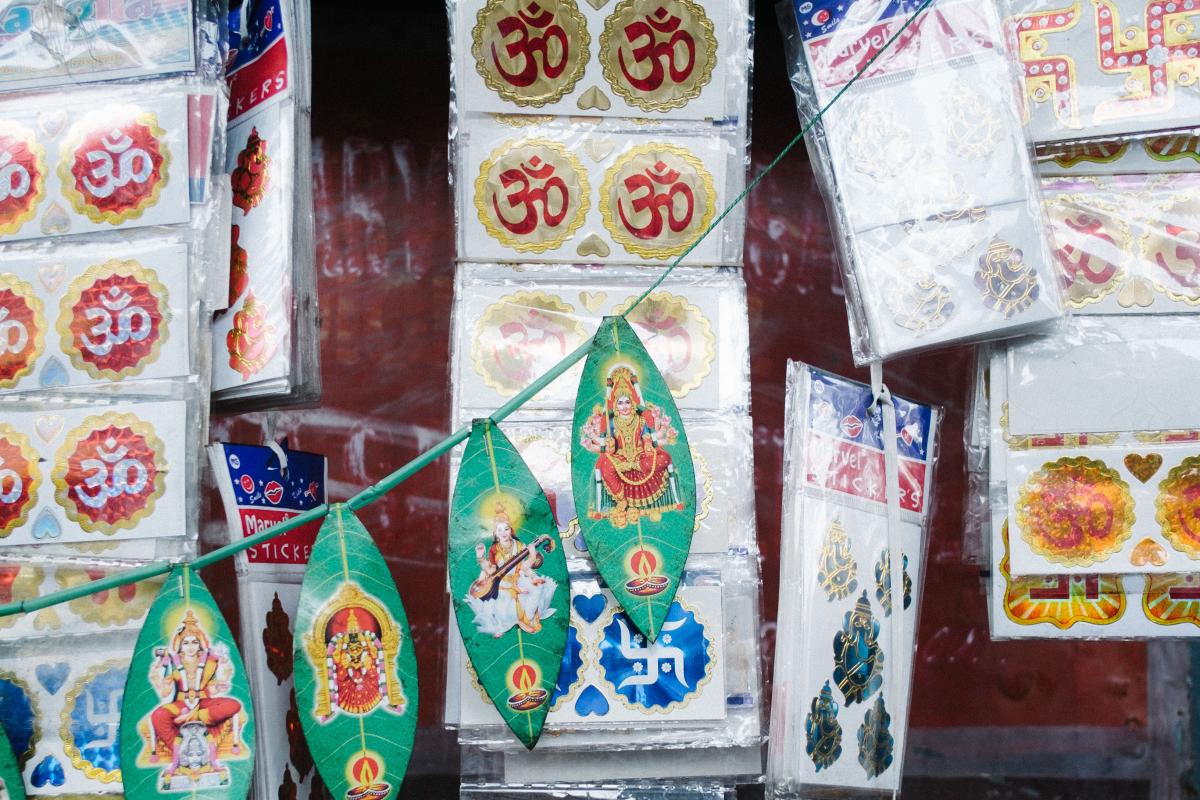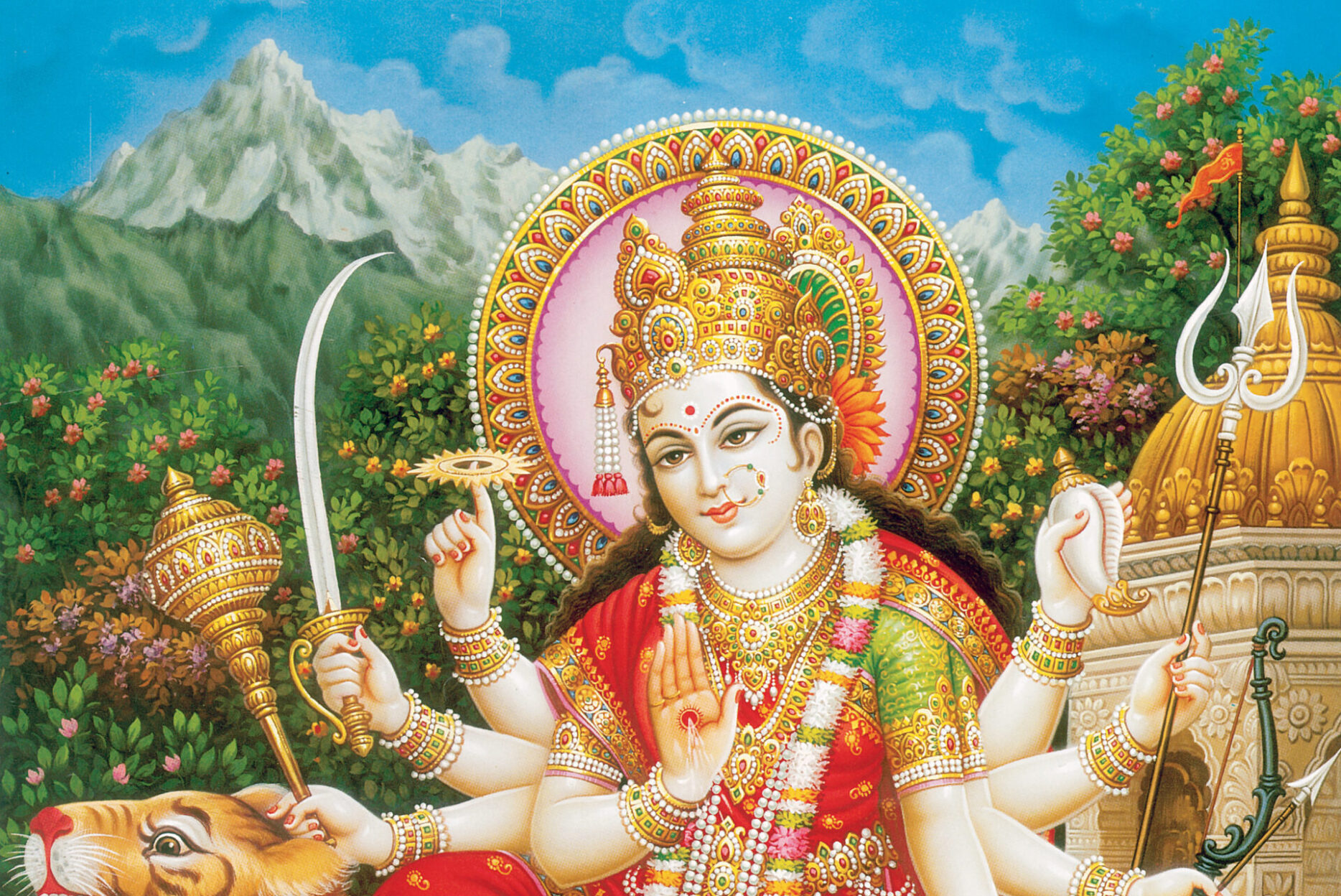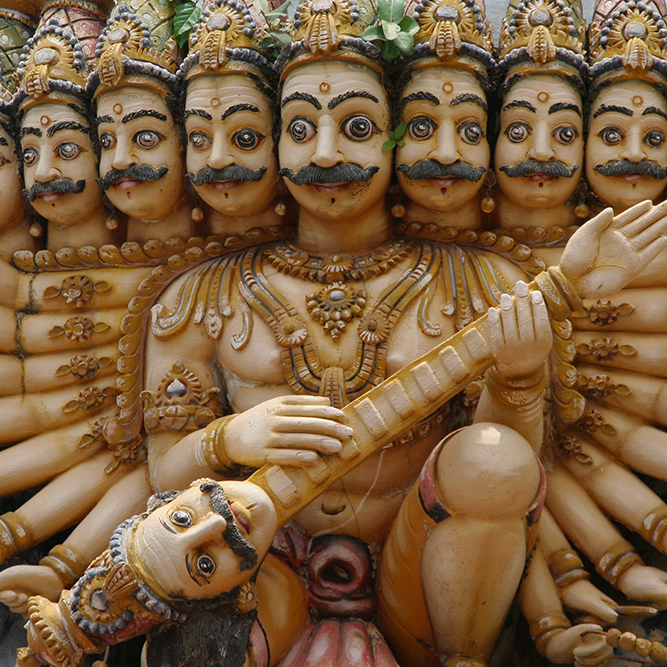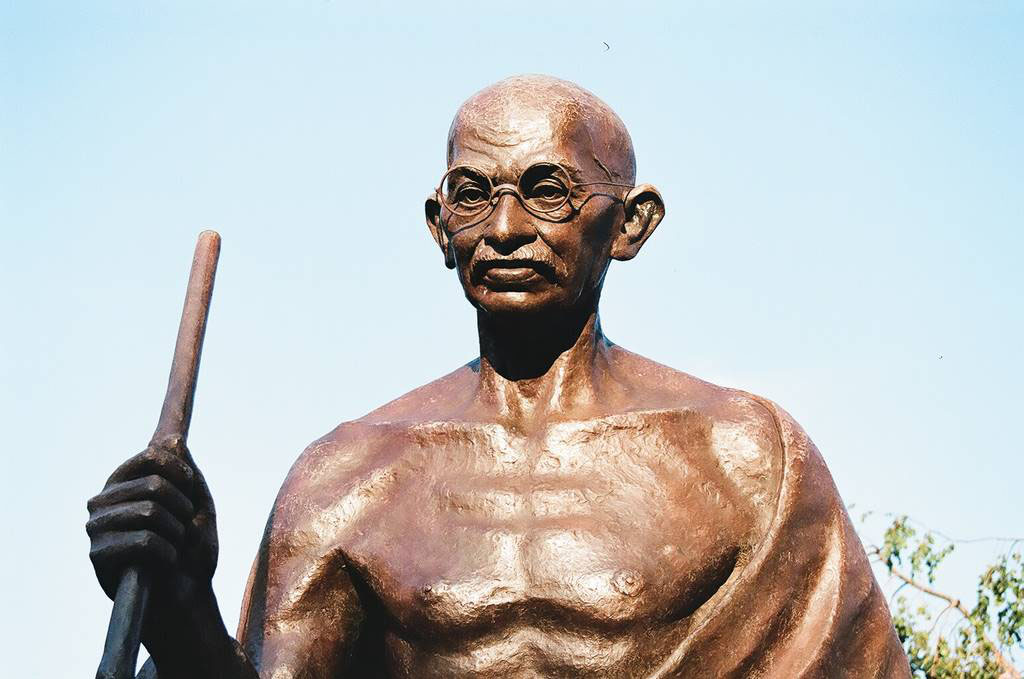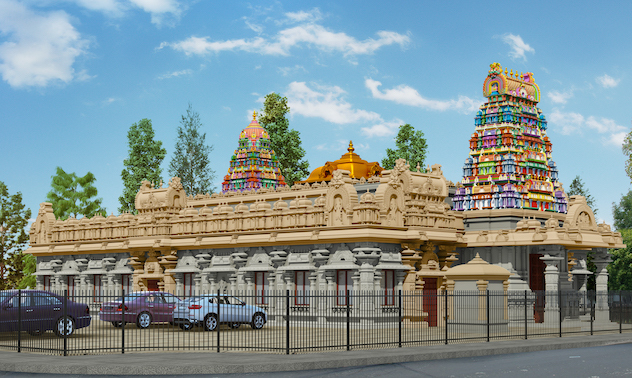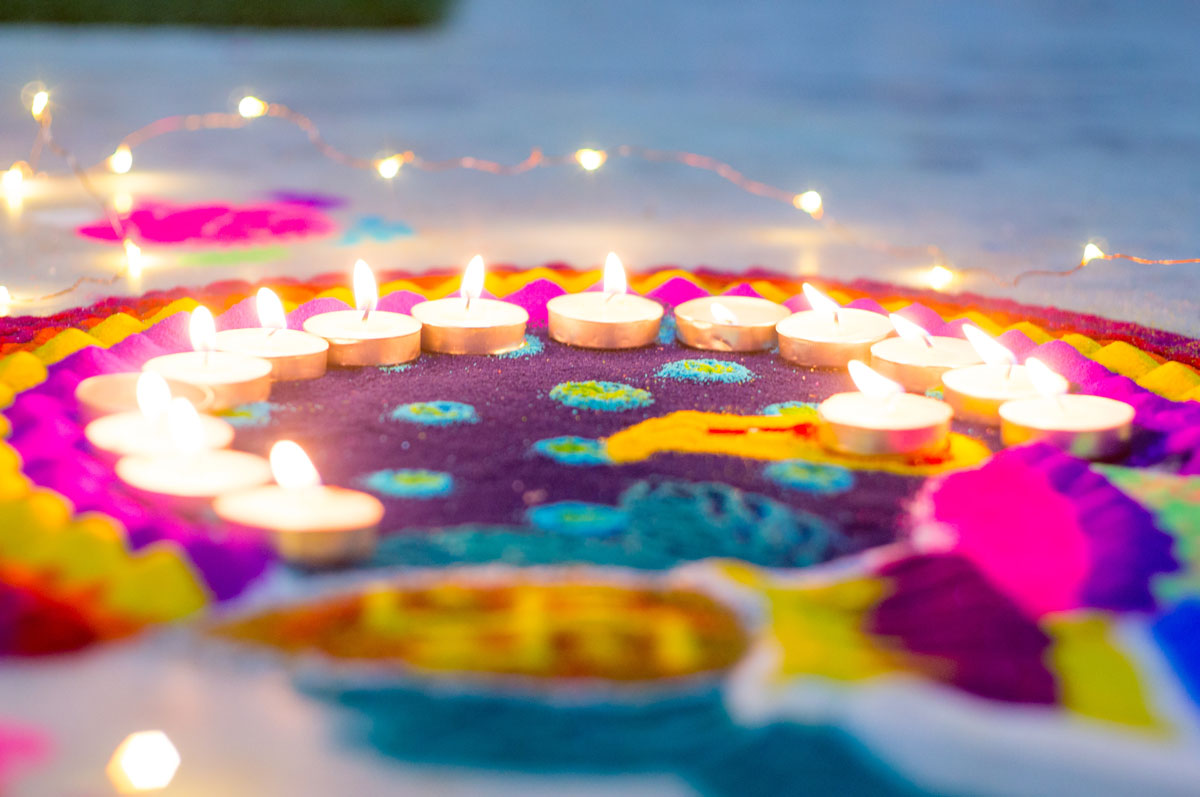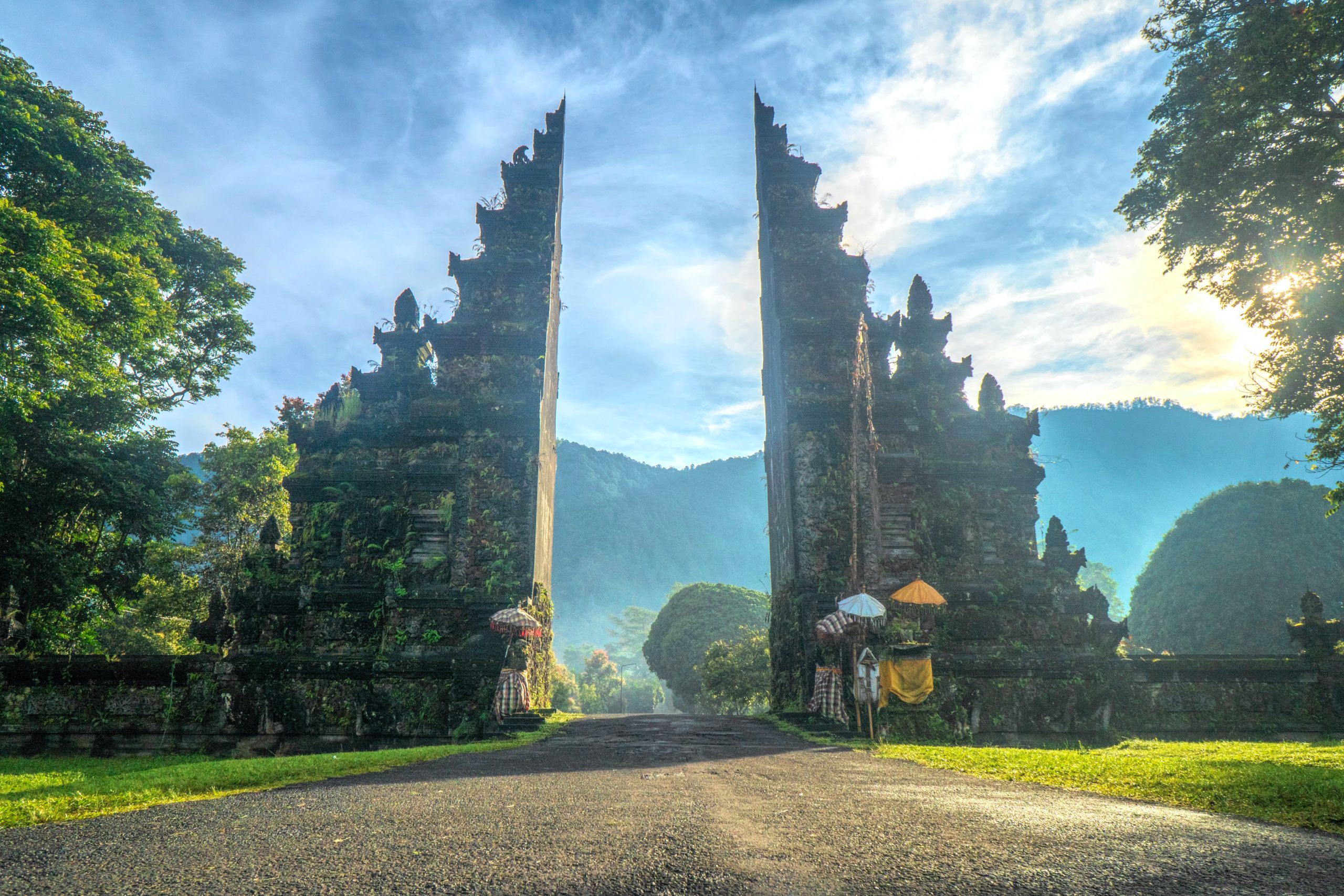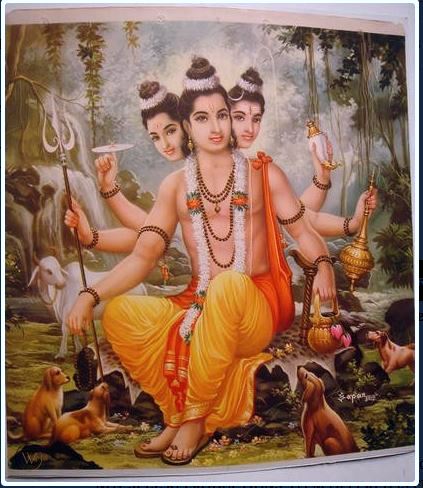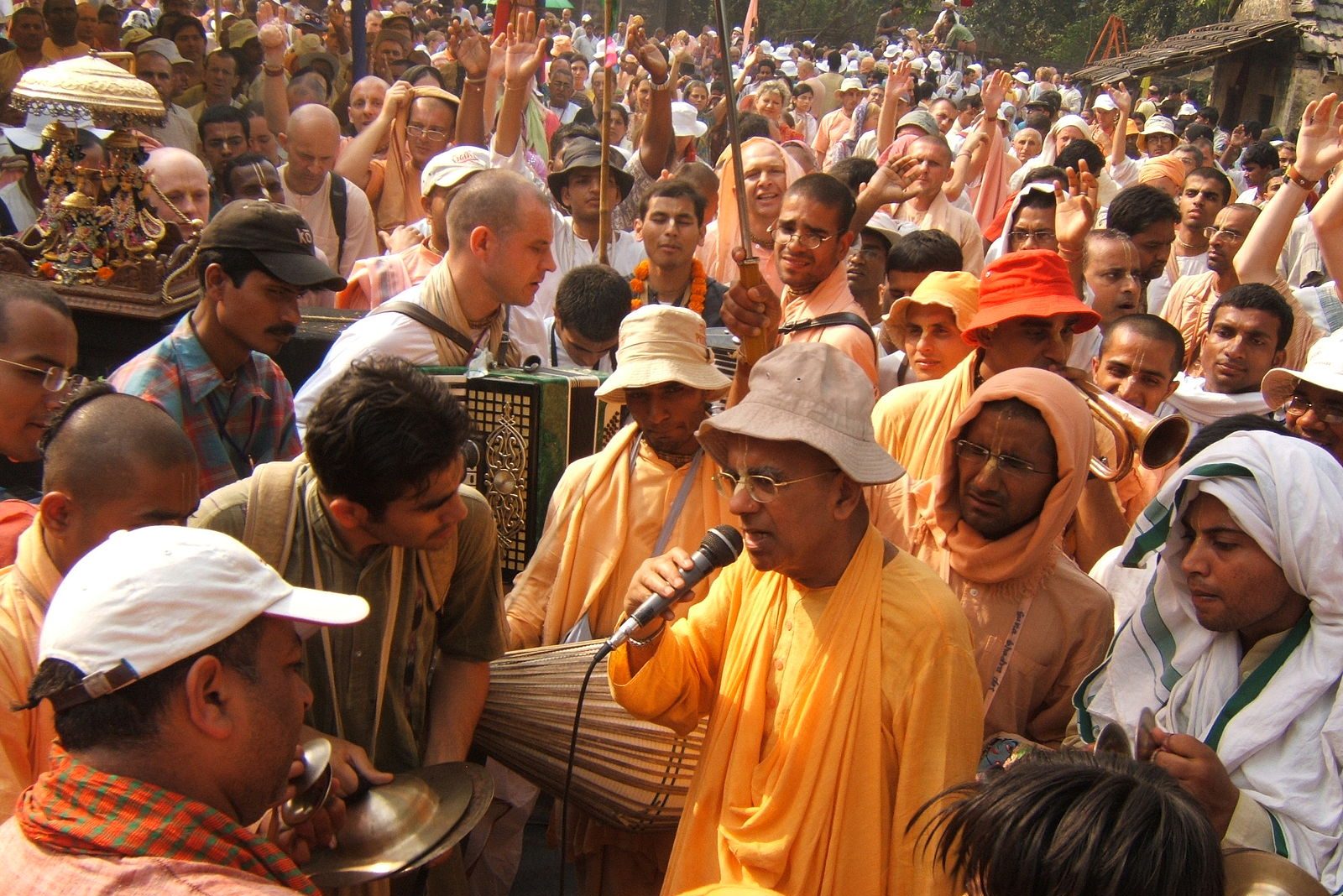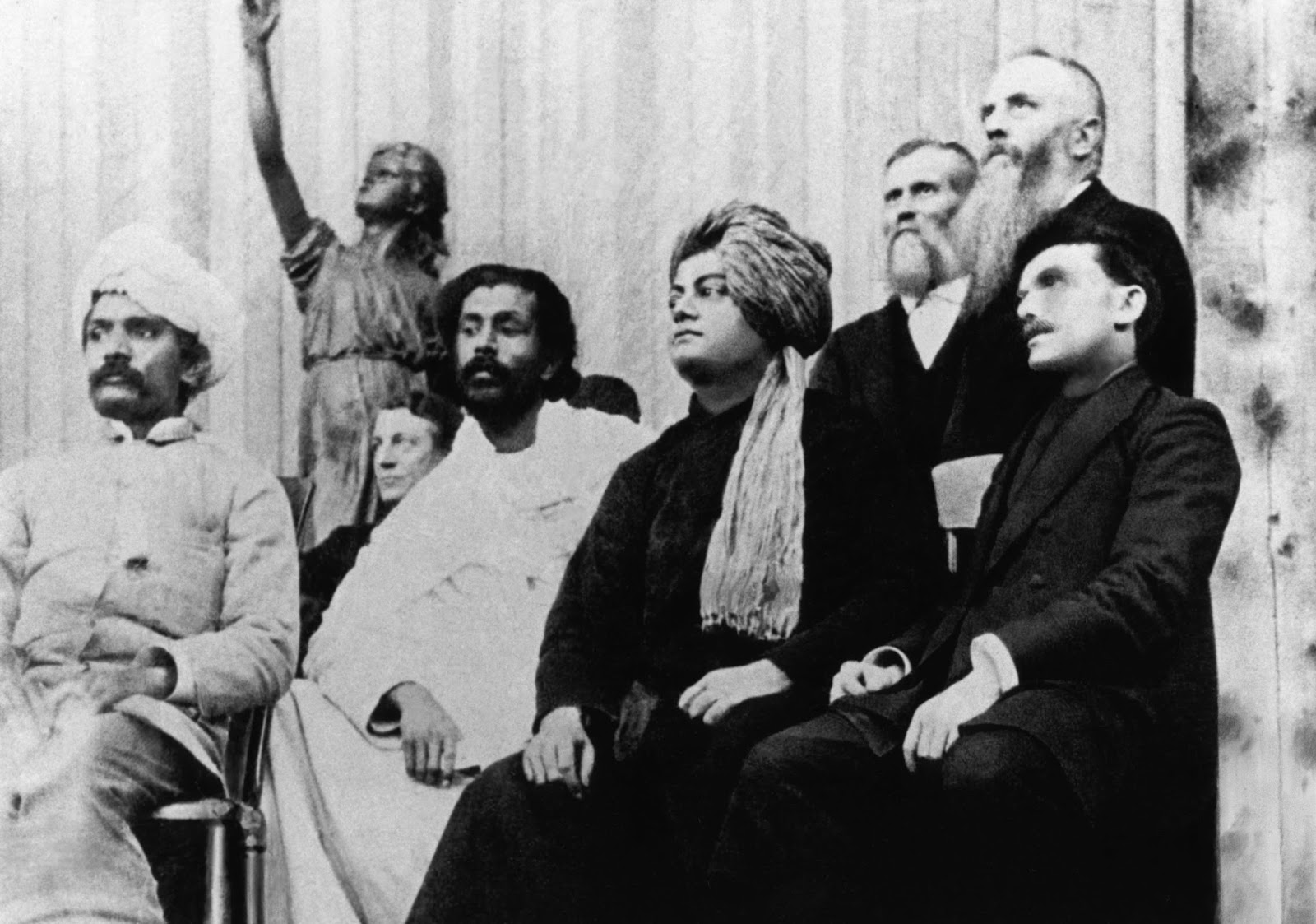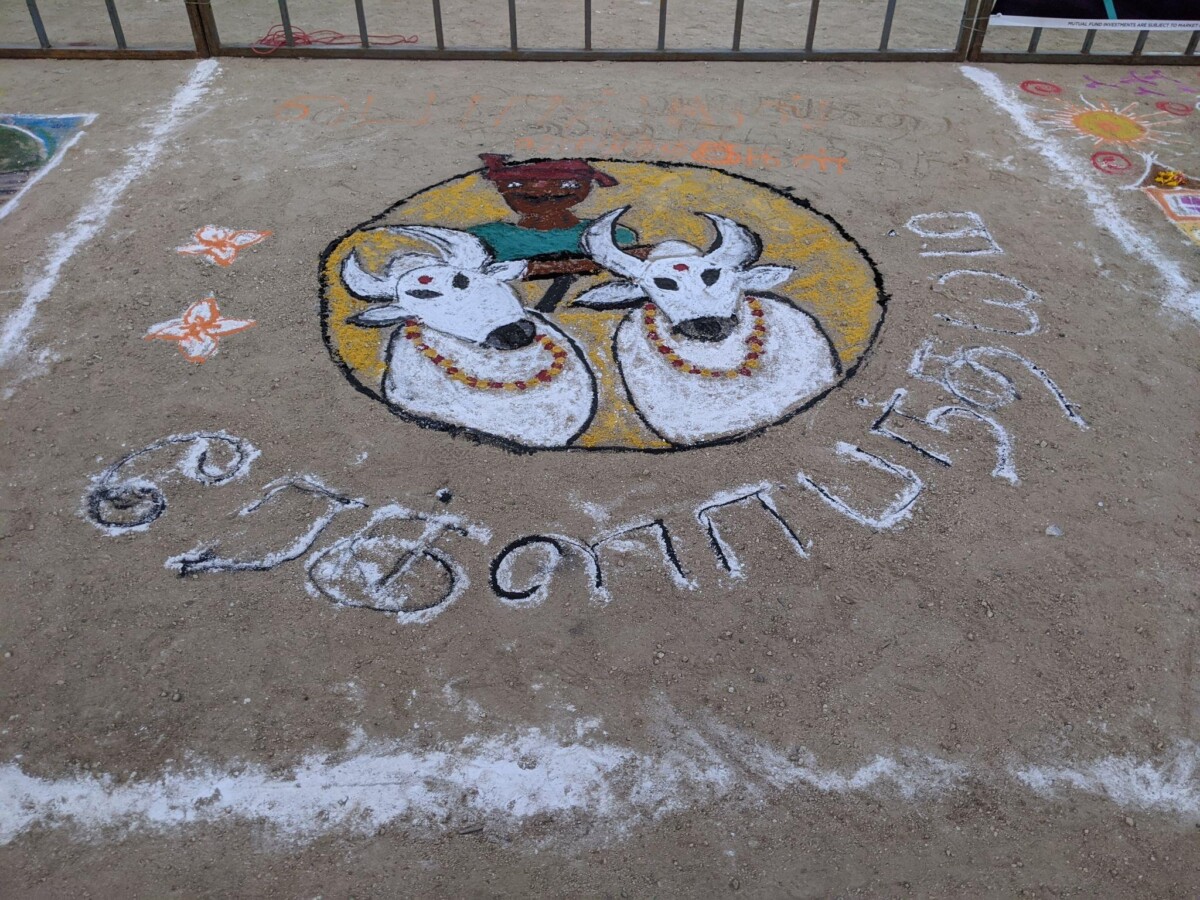
How does it feel to experience a festival in the land of its origins?

Pongal Kolam in an Indigenous Pongal Fair- Photo by Sangeetha Shankar
Bhogi Pongal
Hindu dharmic celebrations and festivals are special no matter where they are celebrated, but they take on a different hue in the land of their origins. Pongal in Tamil Nadu is one such special experience.
Pongal marks the beginning of the Tamil month of “Thai,” the harvest season in rural TN. It is traditionally celebrated over four days, comprising Bhogi, Thai, Mattu, and Kaanum Pongal.
I landed in Coimbatore on Bhogi, the first day of Pongal. The air was rife with excitement, and signs of a harvest festival were everywhere! Shops were filled with bunches of different roots, like turmeric and chicory, neem leaves and fruits, colored rice powders, sugarcanes, and earthen pots. My favorite was a mobile flower shop on a bike selling jasmine, lotus, and other indigenous flowers and garlands! That evening was marked by neighborhoods having bonfires of rubbish or unwanted household items from deep cleaning the house. It also signifies destroying unwanted qualities and behaviors that don’t serve us in our progress.
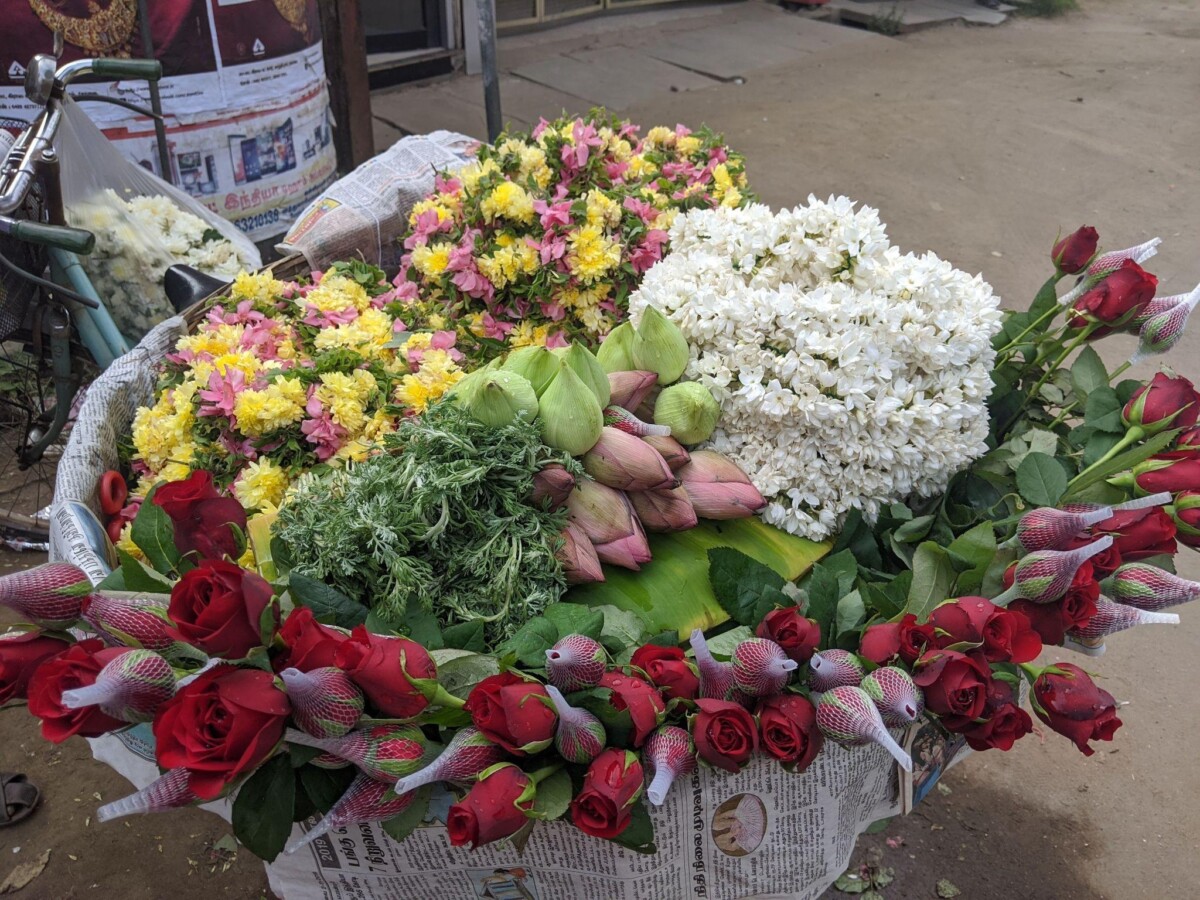
A mobile flower shop on a bike- Photo by Sangeetha Shankar
Kolam or South Indian Street Art
As our car entered the neighborhood of my parents’ home, I saw women drawing out beautiful kolams with rice powder on the ground plastered with a solution of cow dung.
Kolam is traditional South Indian street art steeped in religious, communal and spiritual significance. The geometric or free-form designs are considered auspicious and drawn to welcome Lakshmi, the Goddess of wealth. A layer of cow dung on the floor seals cracks making for a smooth surface to draw out the kolam on. Cow dung also keeps away insects like centipedes and scorpions and is an excellent natural coolant. When drawn, kolams provide creative expression and add an aesthetic, welcoming dimension to the home. Also they are a source of food to all sorts of critters that come to eventually feed on the rice powder, thus enabling us to start the day with a sense of charity and care for the smallest of beings!
I love the spiritual significance of the kolam. Their geometric designs that eventually get destroyed to only be made all over again the very next day, signify that life is full of dualities, is cyclic and truly ephemeral. To me, a kolam is a beautiful dharmic practice in mindfulness, letting go and co-existence.
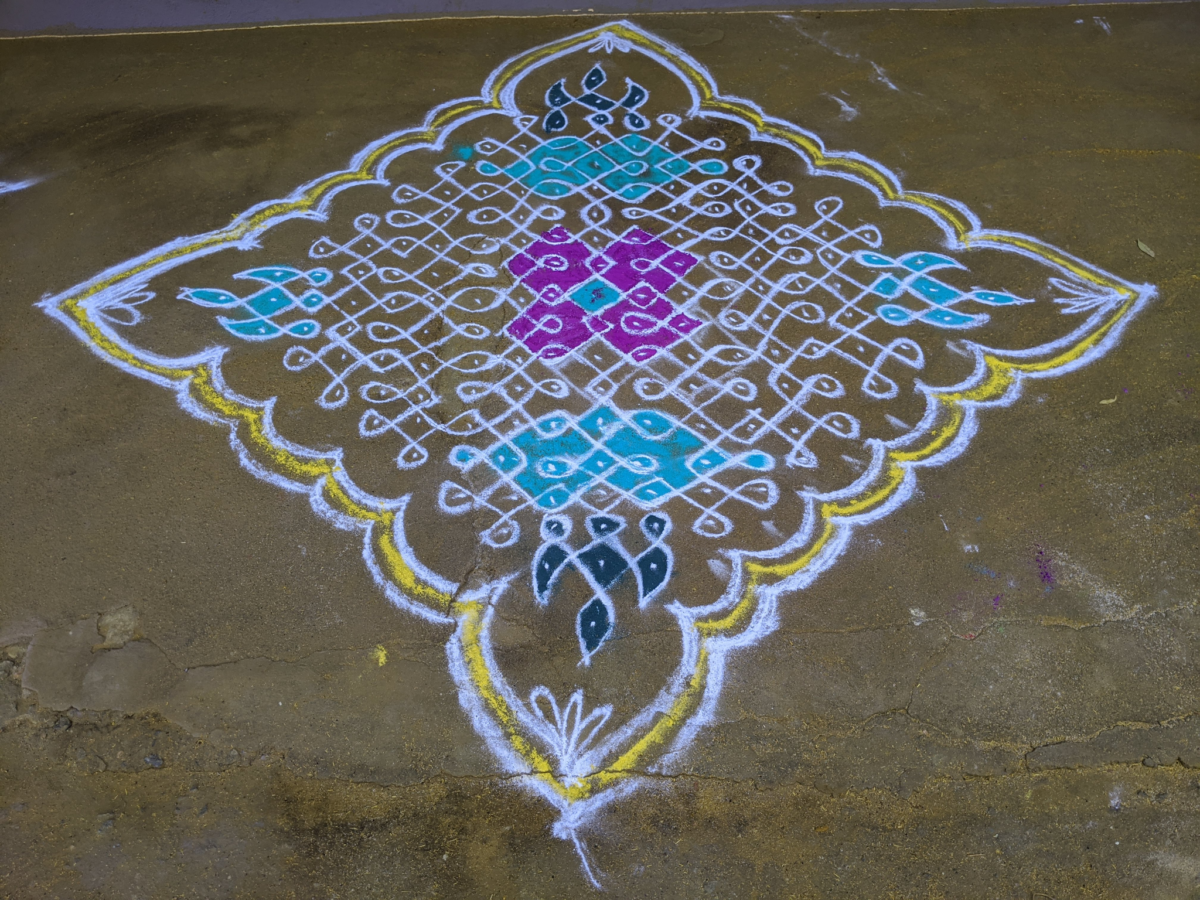
Kolam or traditional South Indian street art drawn on the ground plastered with cow dung solution.
Thai Pongal
Next day was Thai Pongal. Communal celebrations started around 9 am in the community hall of my parents’ neighborhood. First was breakfast which was delicious idlis dipped in spicy sambhar and coconut chutney, a dash of chakarai pongal or sweet pongal and a cup of piping hot filter coffee! Pongal is a South Indian breakfast item that is made of rice, lentils and spices or jaggery depending on whether it’s made savory or sweet.
With our stomachs full, we headed to the celebrations where the main activity was the cooking of the savory Pongal dish in a decorated earthen pot, around which turmeric roots are tied. Turmeric roots are very common in Pongal celebrations — it is antiviral and hence considered auspicious. The earthen pot is placed on a makeshift aduppu (a type of stove) that is flanked by huge sugarcanes which are harvested in January in Tamil Nadu. Women took turns in churning the pot while singing rural songs in Tamil, thus signifying unity and community that’s often seen in rural societies.
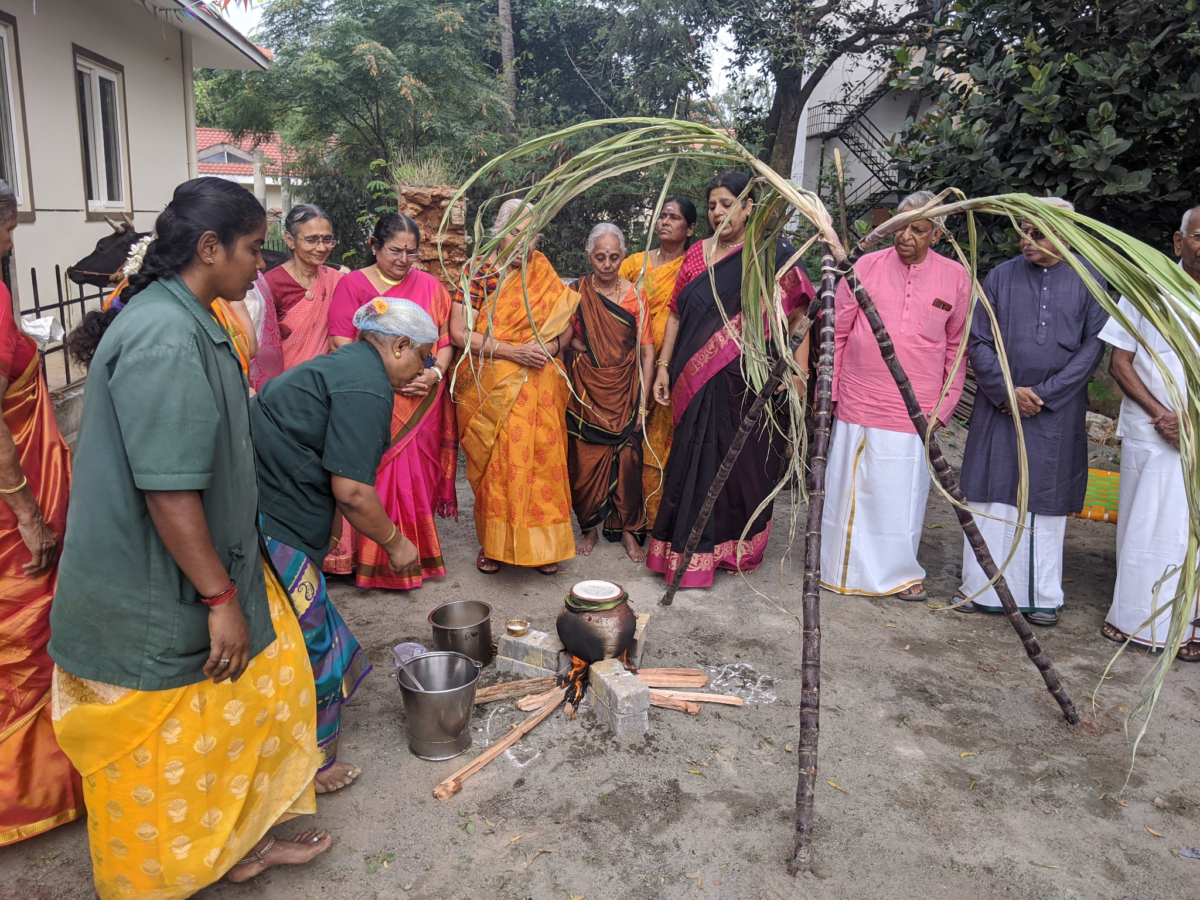
Communal cooking of the Pongal in an earthen pot- Photo by Sangeetha Shankar
Surya Puja
Pongal signifies gratitude of the farmer for his harvest bounty, mainly expressed by Surya puja or veneration of the Sun God. Who else other than the farmer knows better the significance of sunlight and its effects on the weather?
This mainly involves offering of the cooked Pongal as prasadam on a banana leaf to Surya. The puja is marked by lighted lamps, burning incense, flowers and jalam or purified water and the offering is made by invoking Surya through chants of various Sanskrit mantras that praise the virtues and benefits of the Sun god, along with burning camphor that signifies purification and connection to the divine through fire.
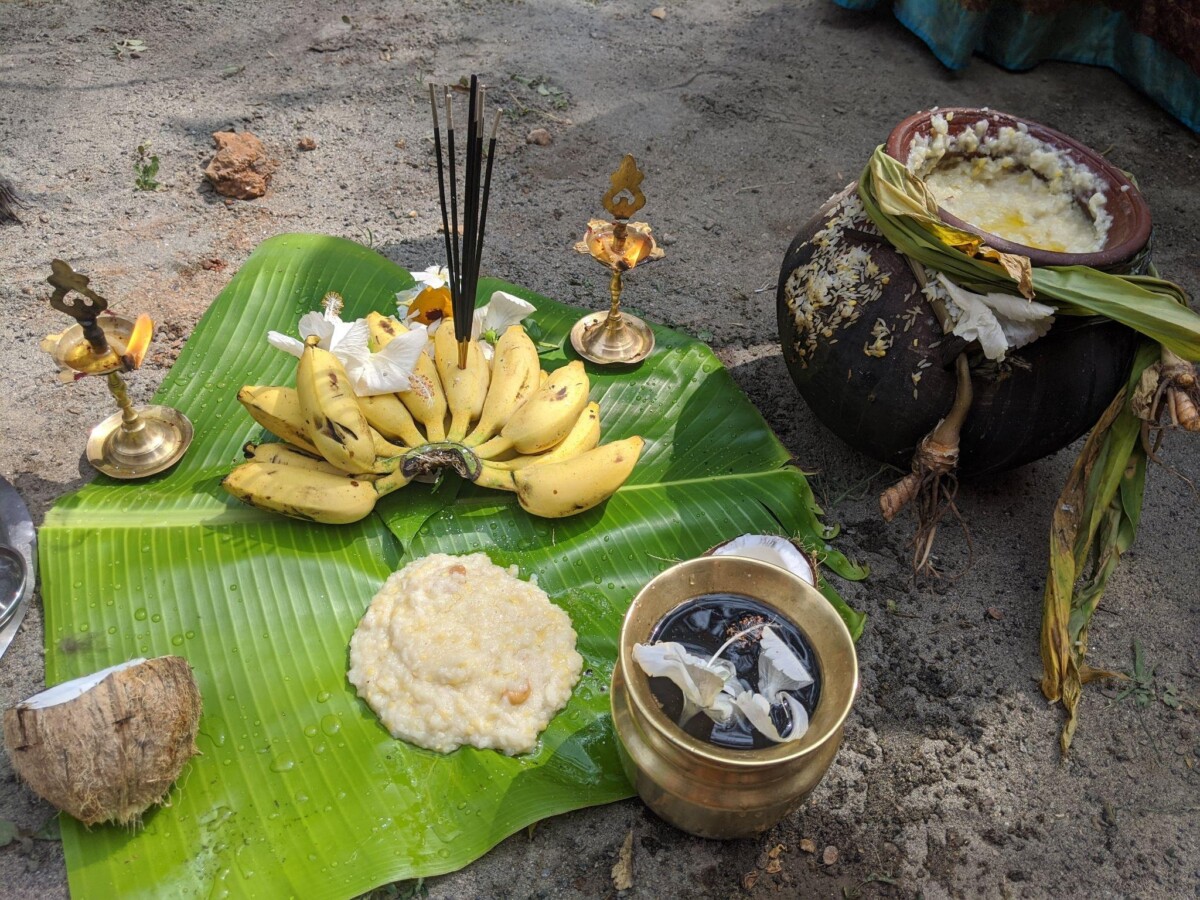
Veneration of Surya by offering of Pongal- Photo by Sangeetha Shankar
I love this aspect of our dharmic traditions, for it acknowledges the importance of nature in our lives. Our Hindu ancestors studied the planetary system, space and the universe long before the western world was even ready to acknowledge that the earth revolves around the Sun! Innumerable Sanskrit mantras applaud various elements of nature whether Sun, wind, ocean/seas, sky, clouds, rain and all of flora and fauna.
Mattu Pongal or Veneration of the Cow
The Surya pooja was followed by veneration of the cow. In rural TN, this is done exclusively on the third day but we celebrated it on Thai Pongal itself. Central to dharmic traditions is the cow for it is not only significant to the rural economy but also a source of milk and dairy products. The cow represents abundance, wealth, generosity and motherly love. It’s common in India to personify cows with Hindu names like Lakshmi, Radha, Rohini, Kalyani, Paavani, etc., signifying that they are indeed family members. Pongal is the cow’s special day where they are decorated, given a day off from work! And are fed their favorite foods with aplomb!
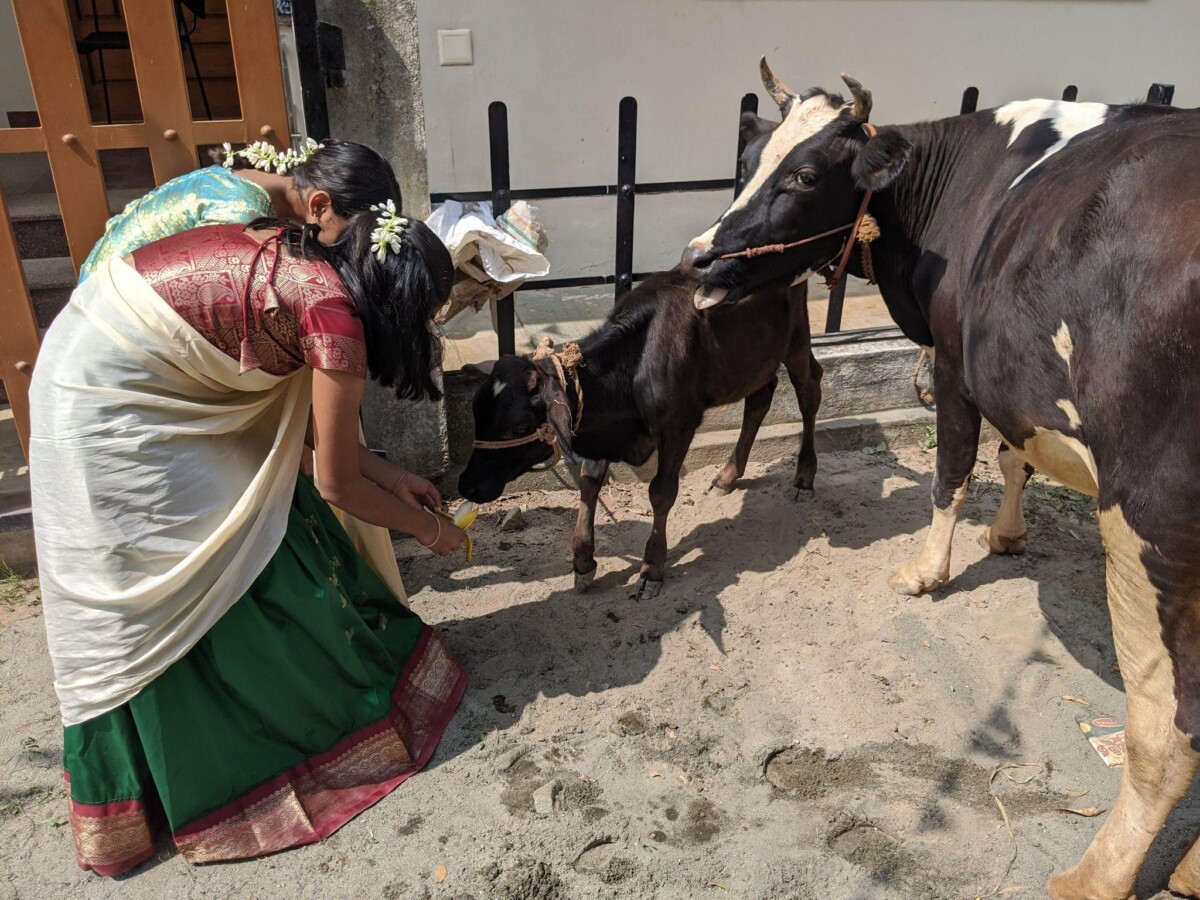
Cow veneration – Photo by Sangeetha Shankar
Kaanum Pongal
This is the last day of Pongal when families visit each other, similar to the American holiday of Thanksgiving. Siblings make it a point to spend time with each other and sisters pray for the well-being of their brothers, by offering food to the birds and then cooking elaborate meals from scratch for the families. Kaanum Pongal is the South Indian version of Raksha Bandhan which venerates the bond between brothers and sisters.
We decided to step out and visit a beautiful exhibition of indigenous cows of TN, hosted by the Isha Foundation in Coimbatore and learned a ton about the various breeds that play a critical role in the rural economies. The exhibition filled me with Tamil pride and adoration for the advanced animal husbandry and ethical treatment of animals in our dharmic cultures.
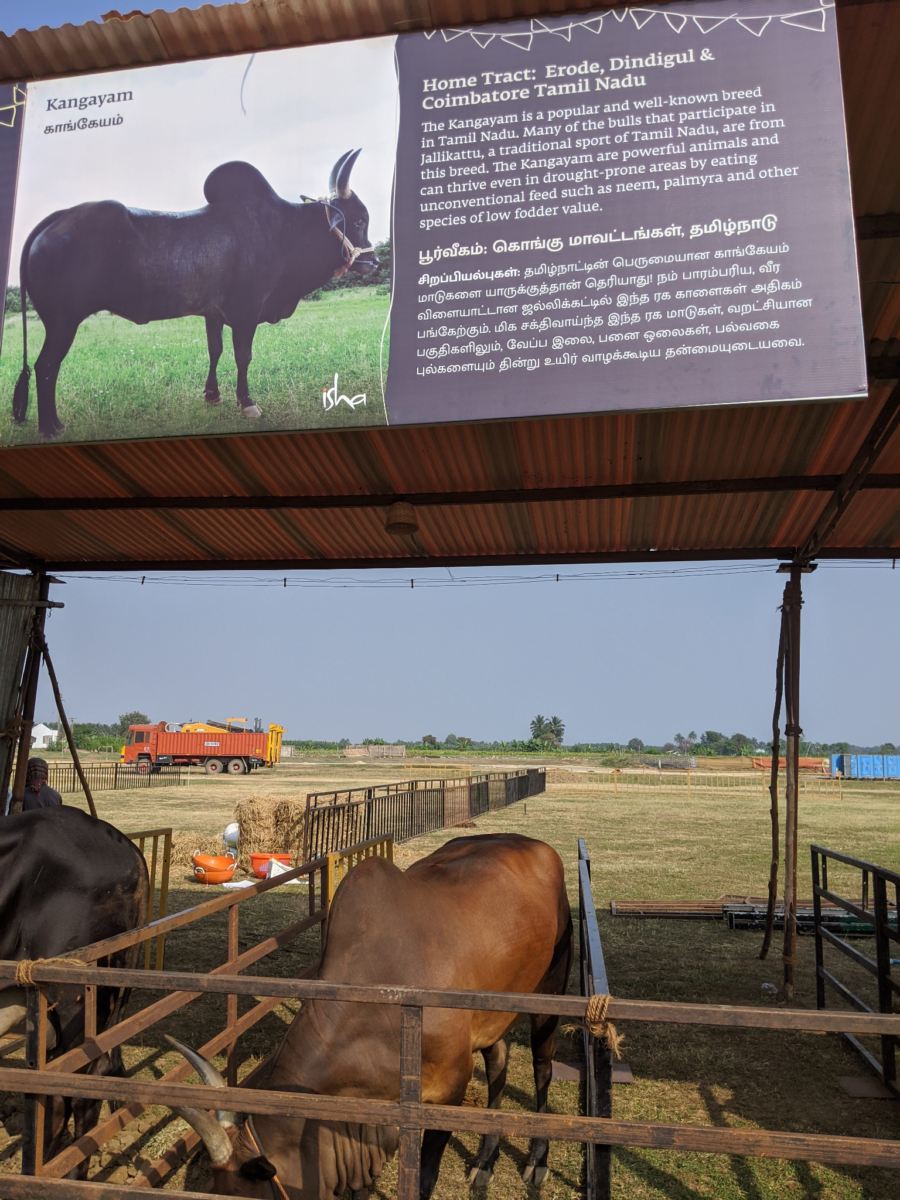
Indigenous cow exhibition at Isha Foundation, Coimbatore- Photo by Sangeetha Shankar
What a special Pongal it turned out to be! Living in the US now, we celebrate Pongal every year through personal and communal celebrations, with even more appreciation for Surya who plays hide and seek in the Californian winter!
But rain or shine, celebrate we must, for how else can we recreate our dear homeland of TN and its beautiful culture time and again?
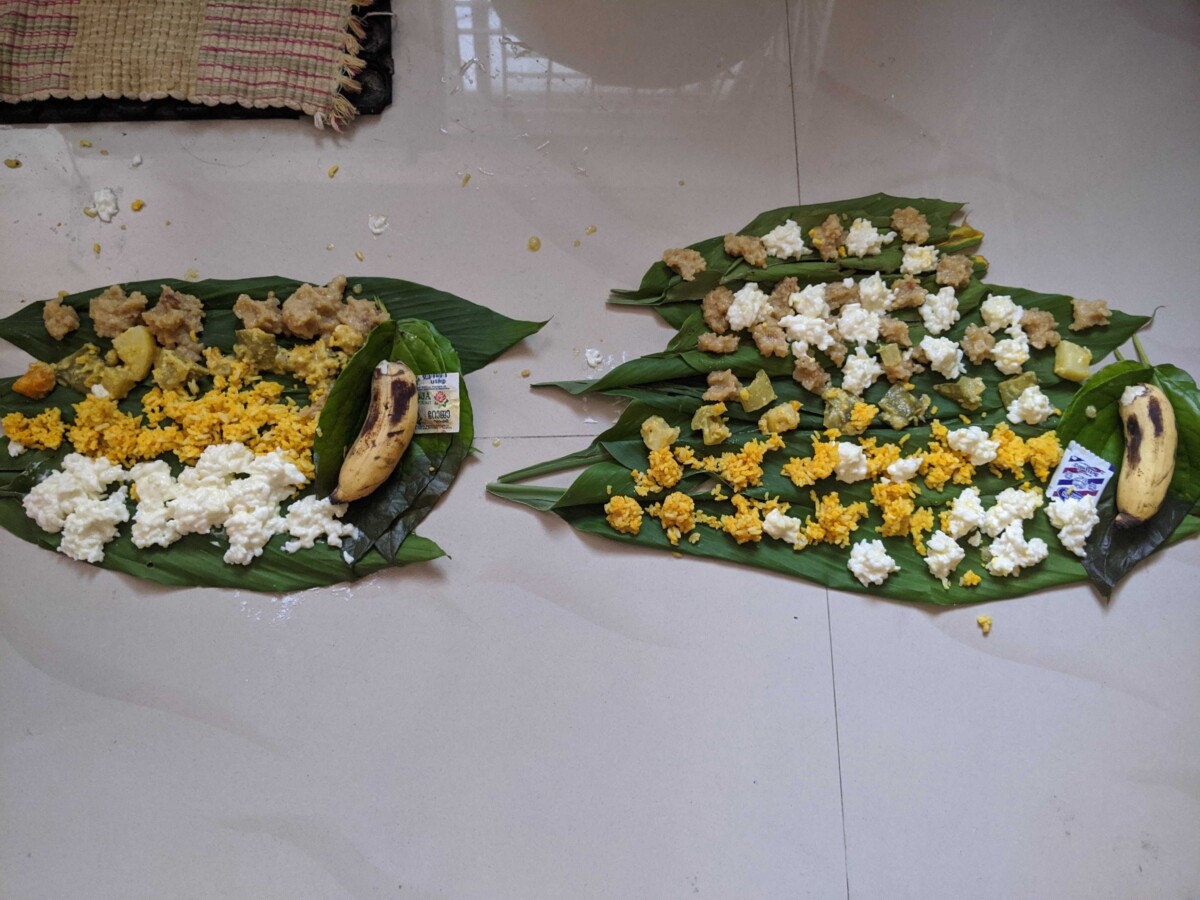
Food served to birds while praying for brothers- Photo by Sangeetha Shankar


